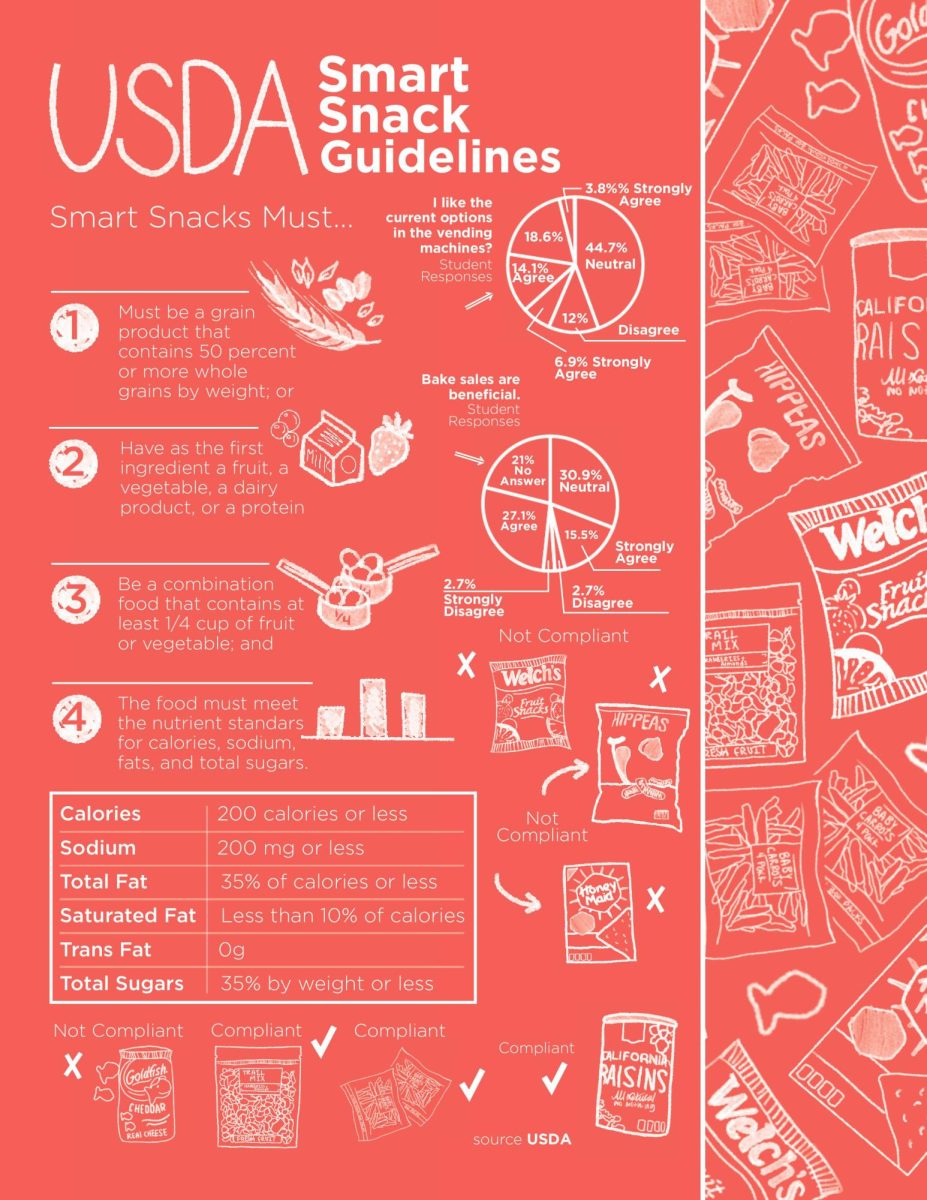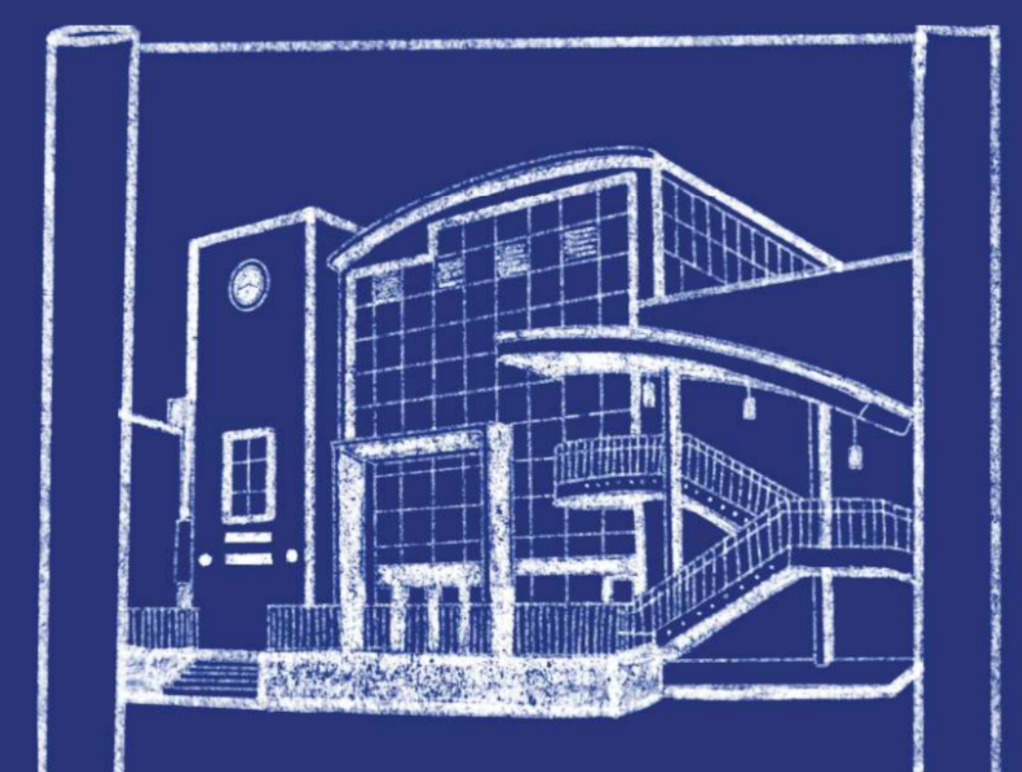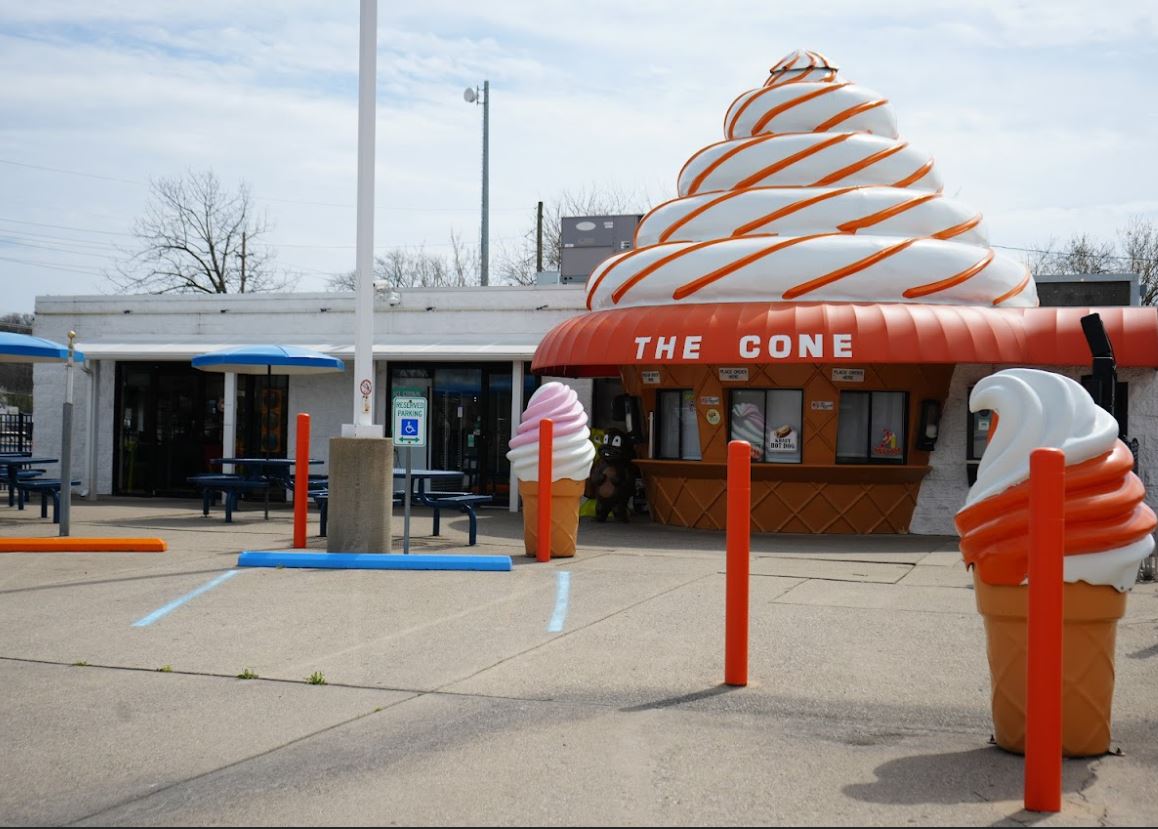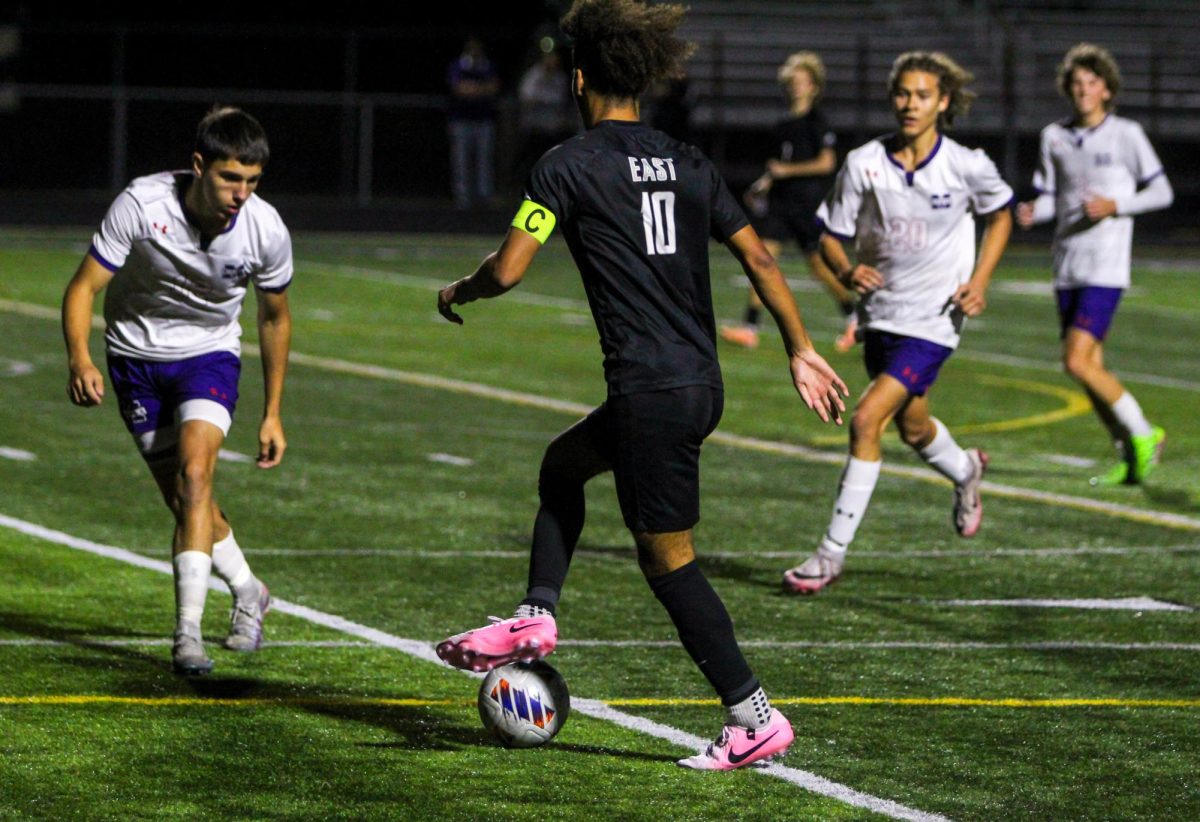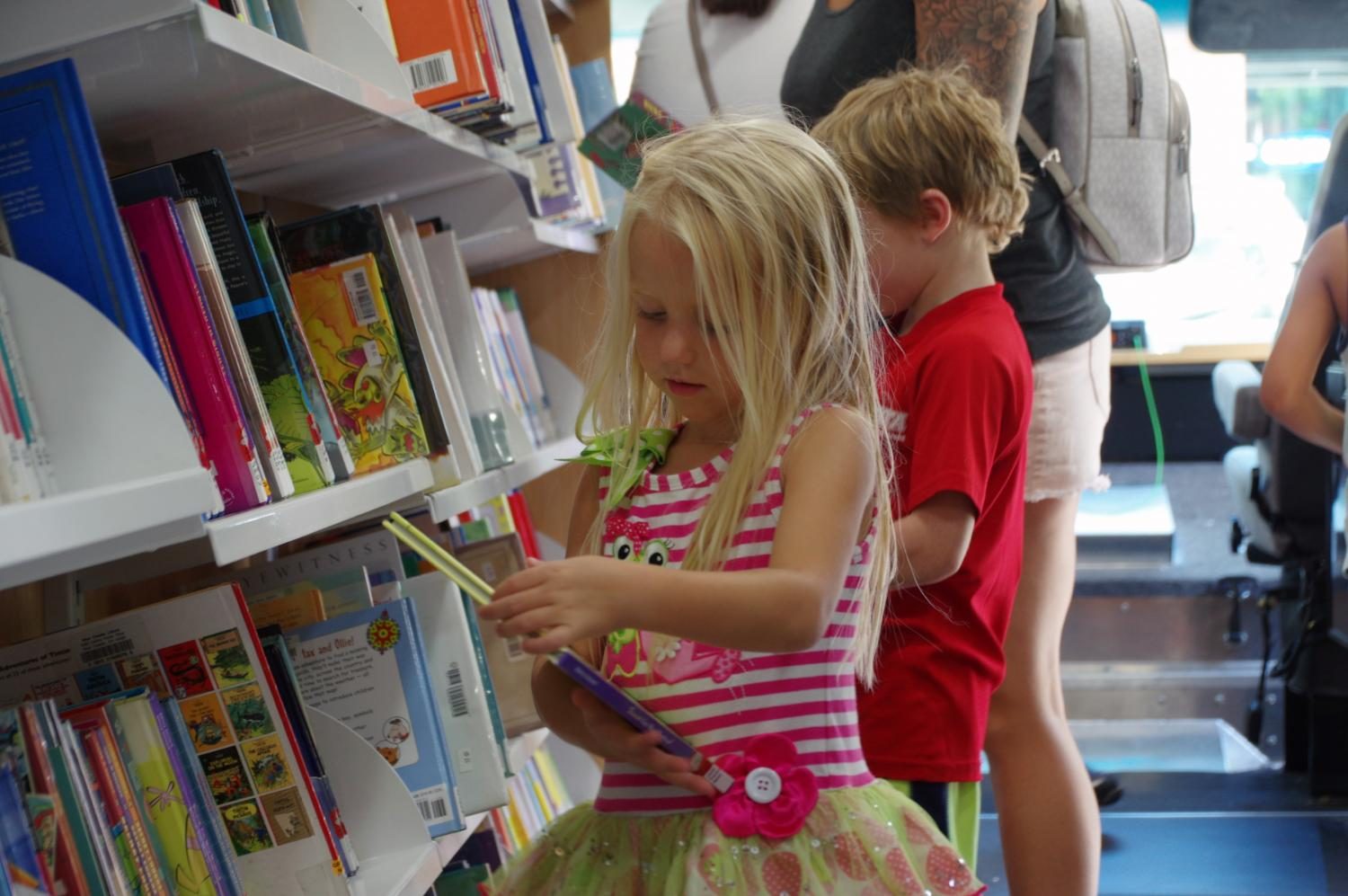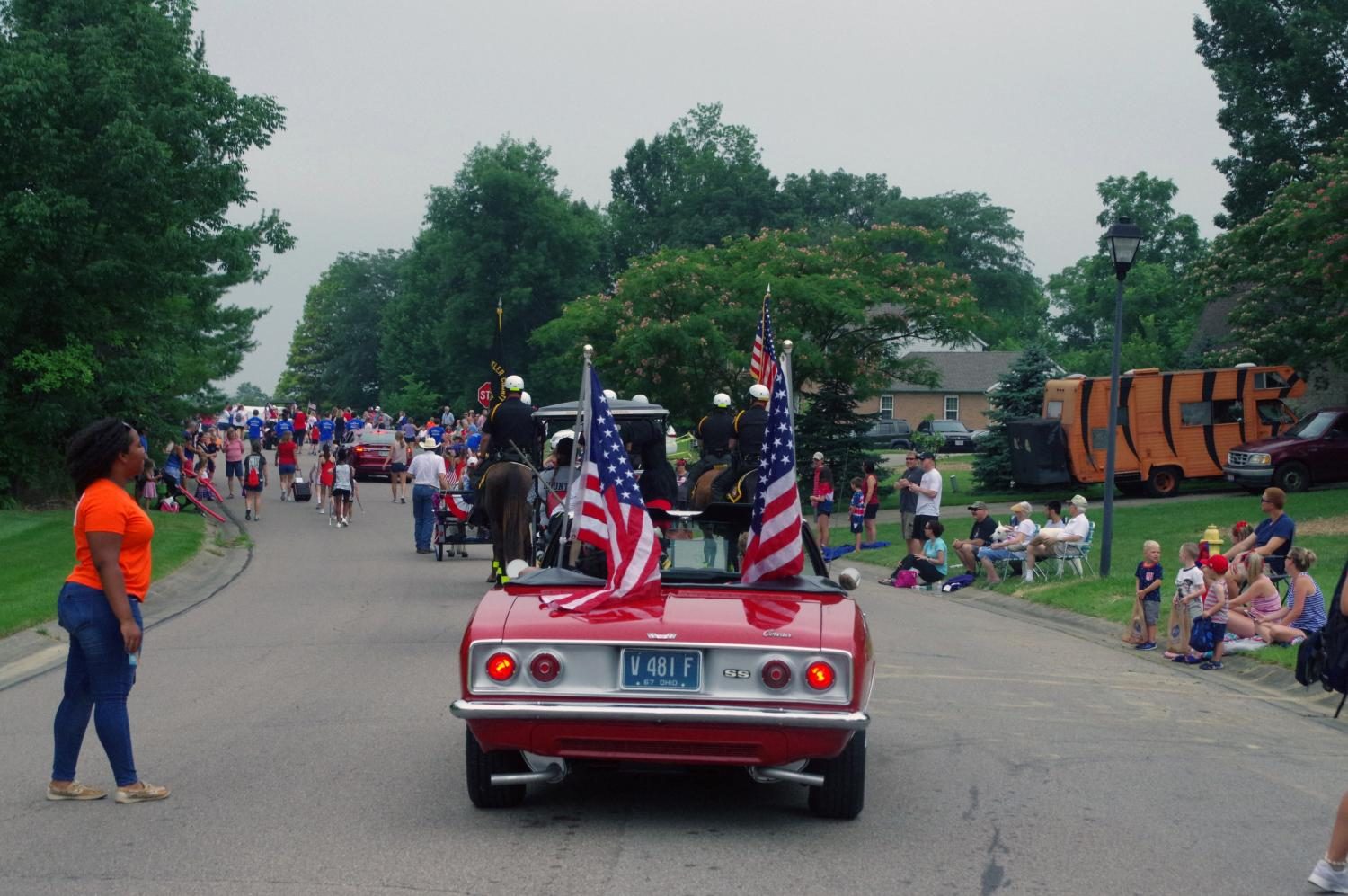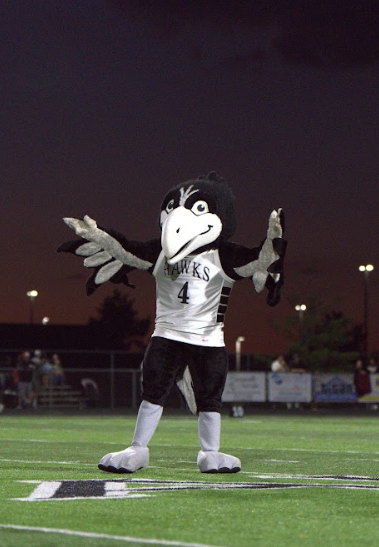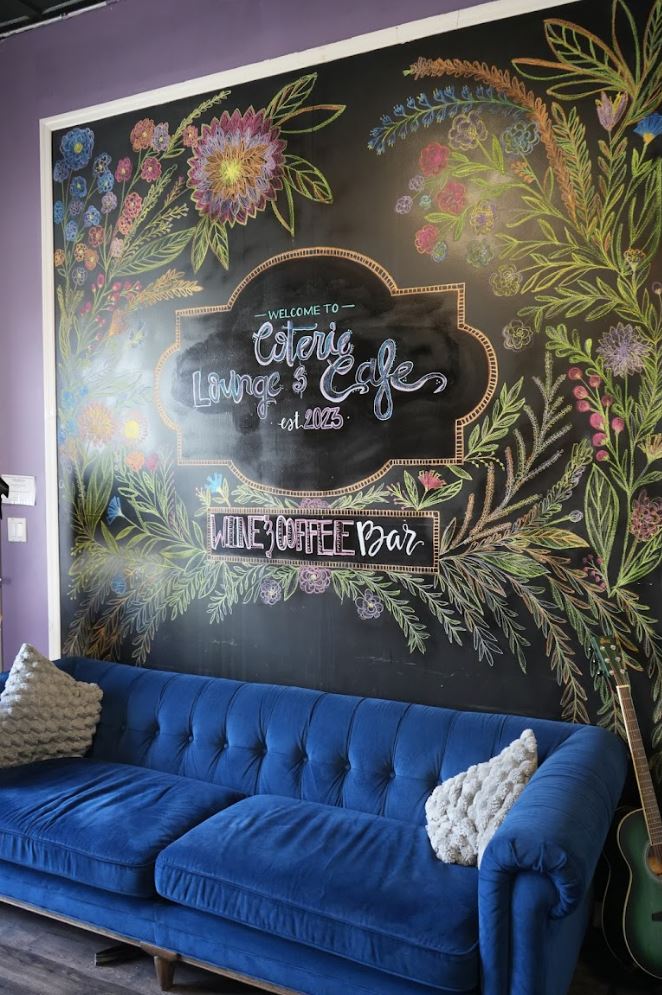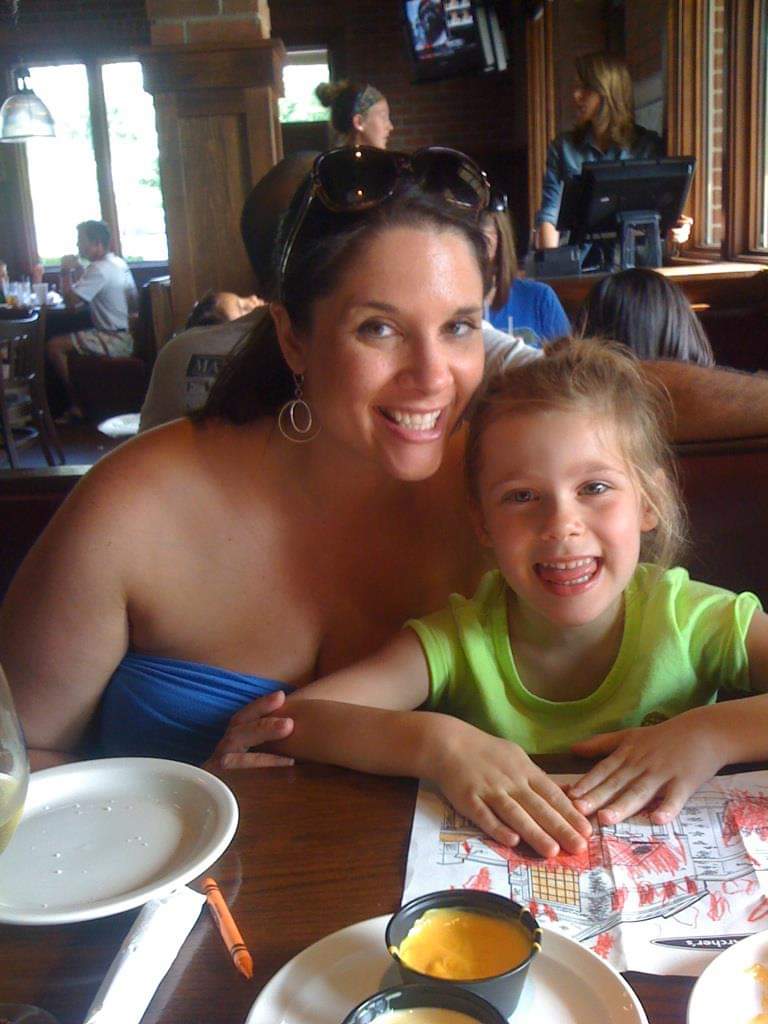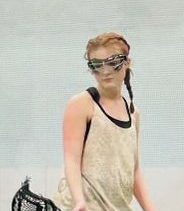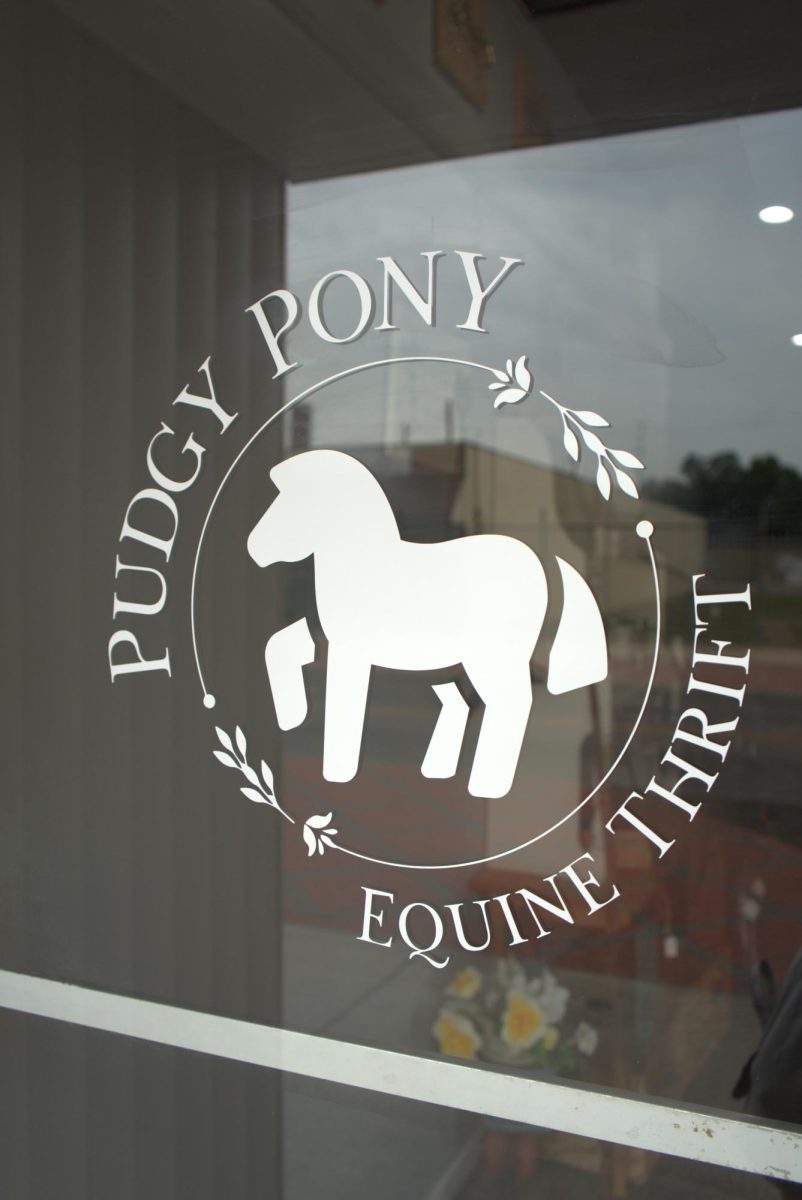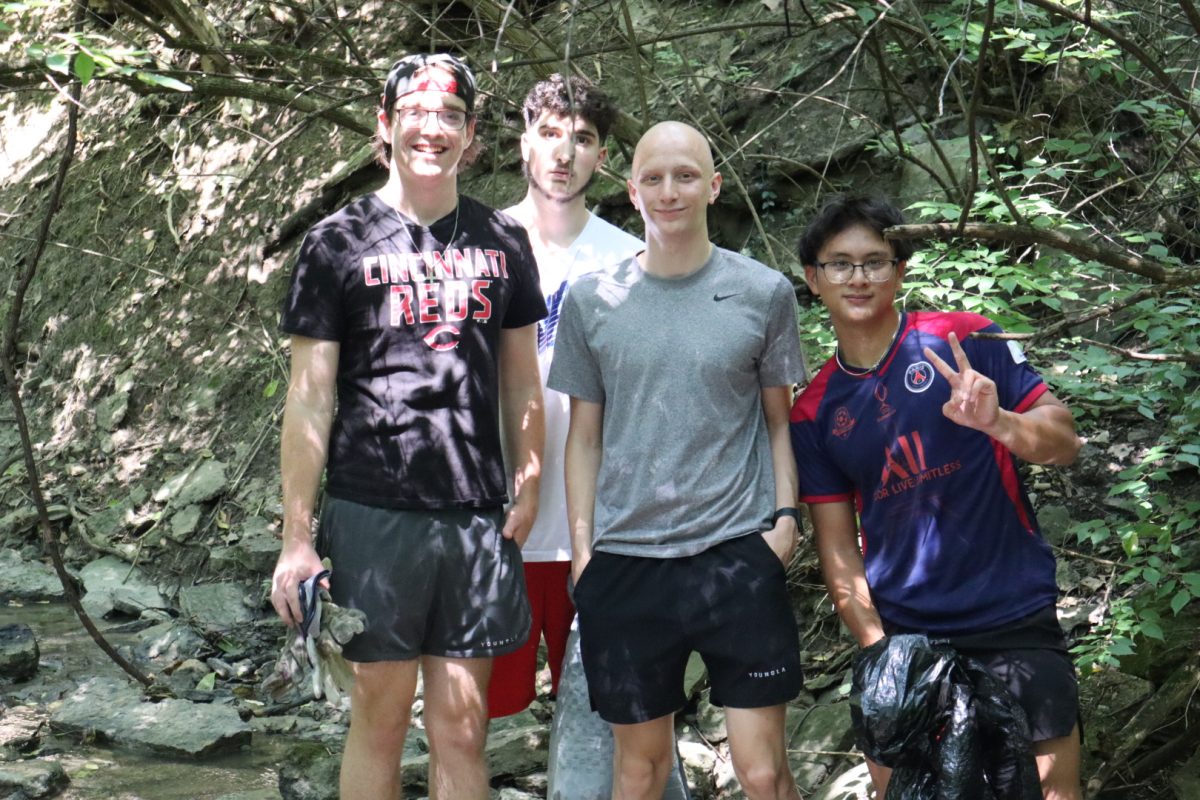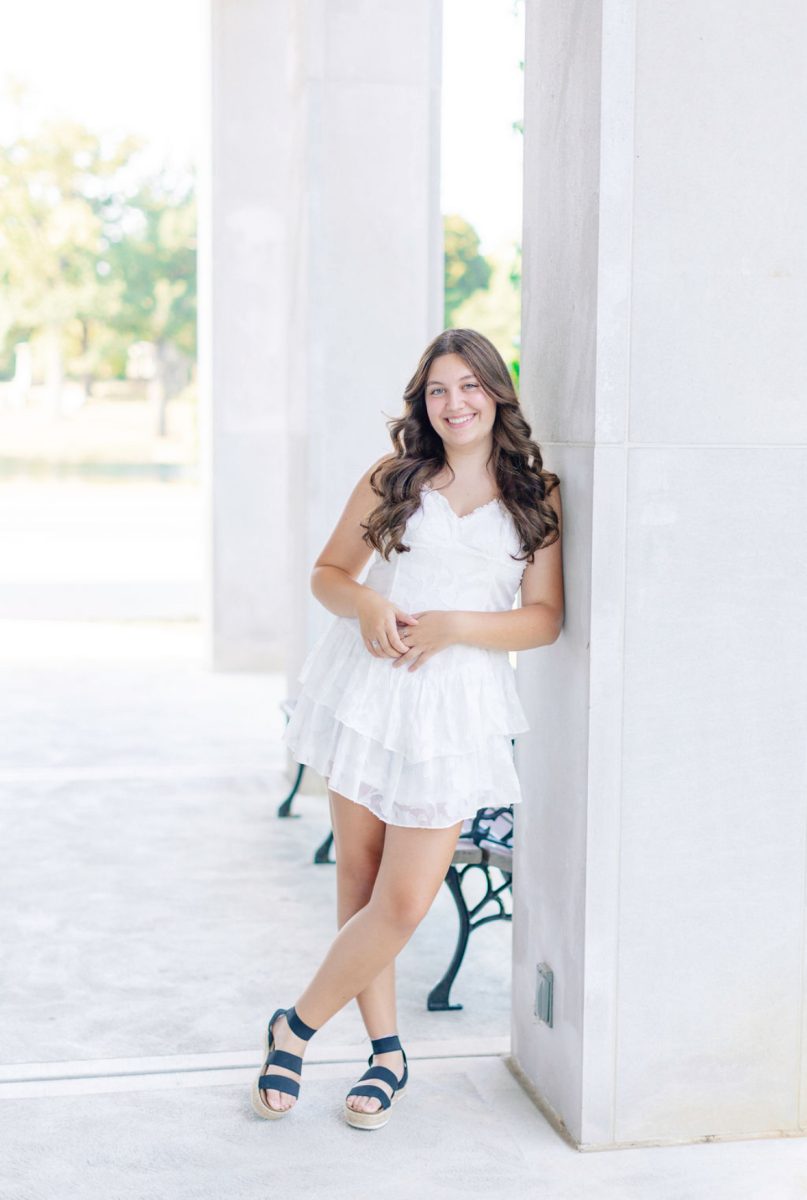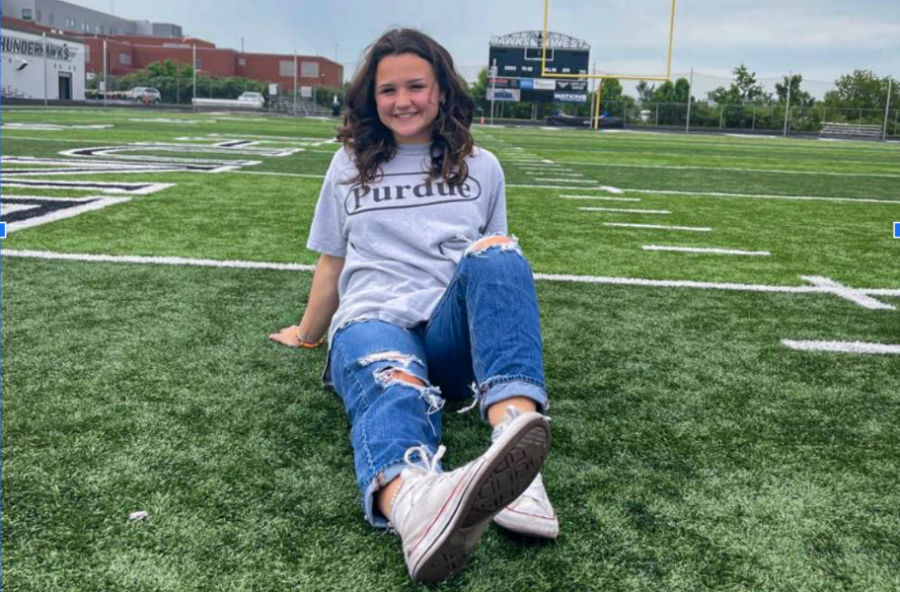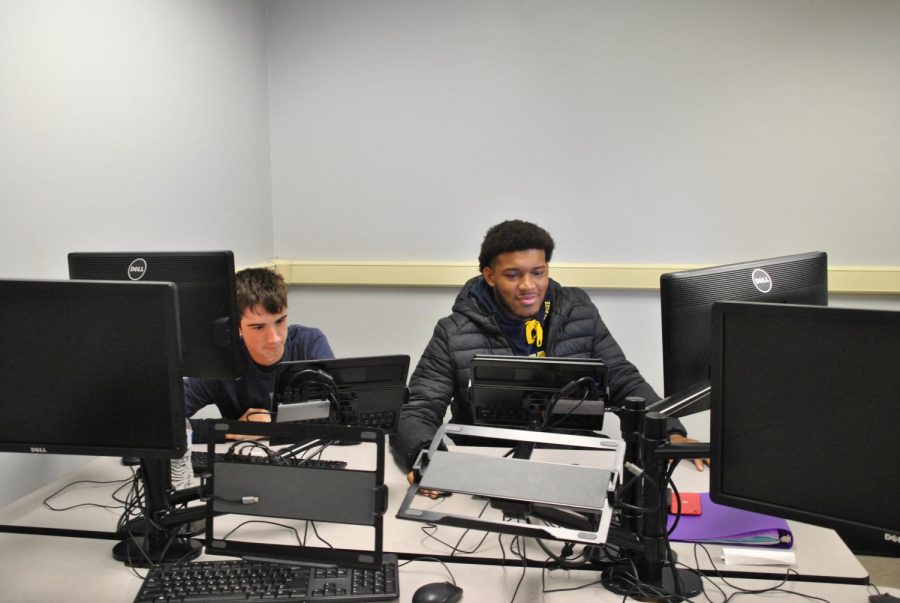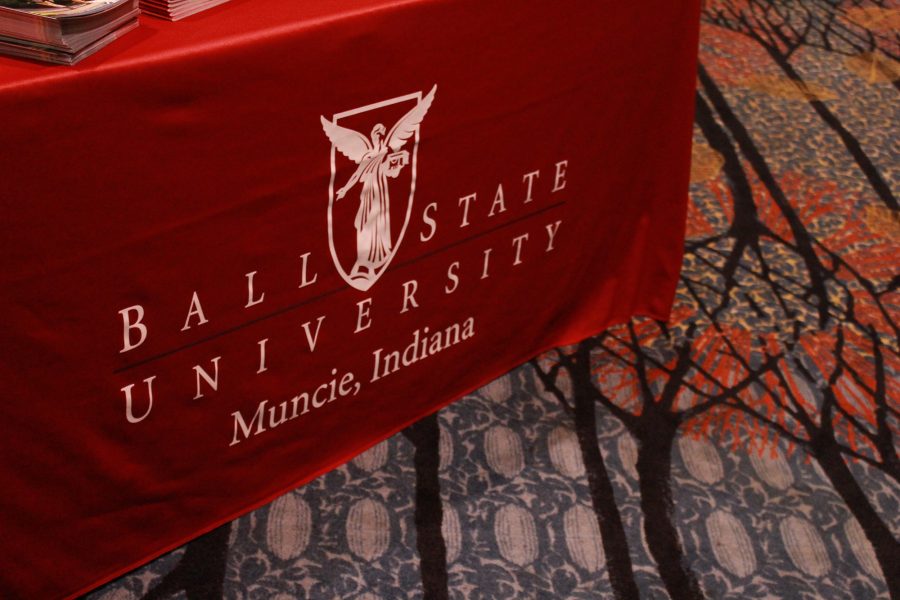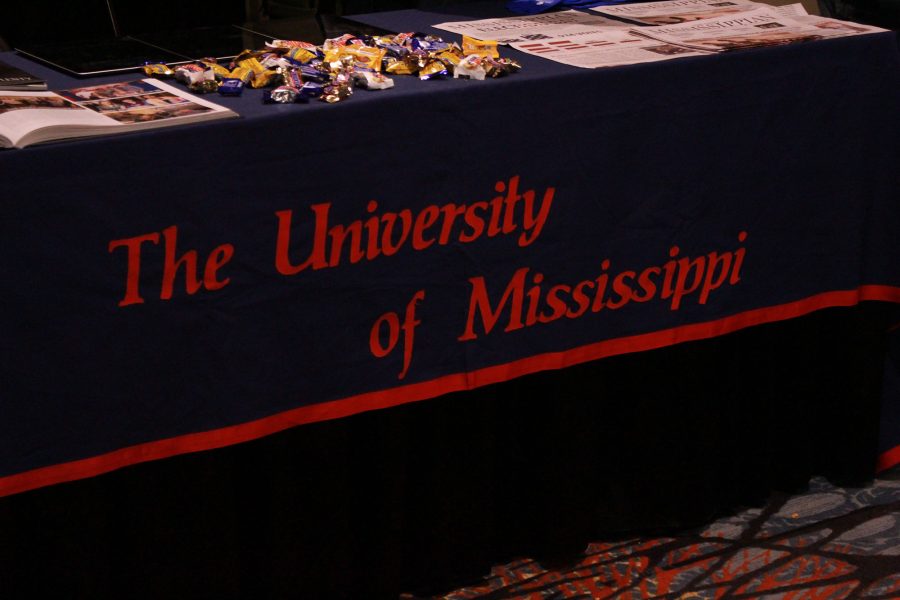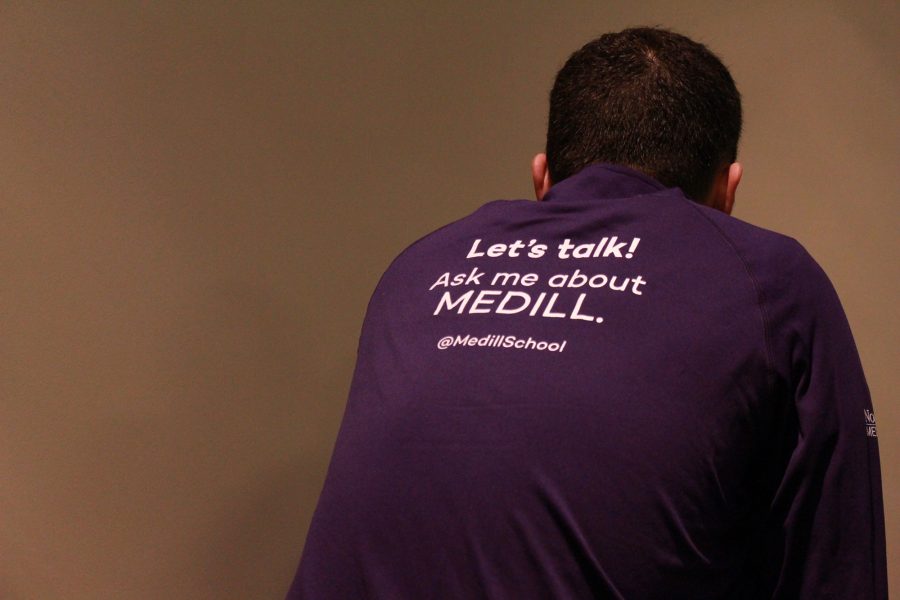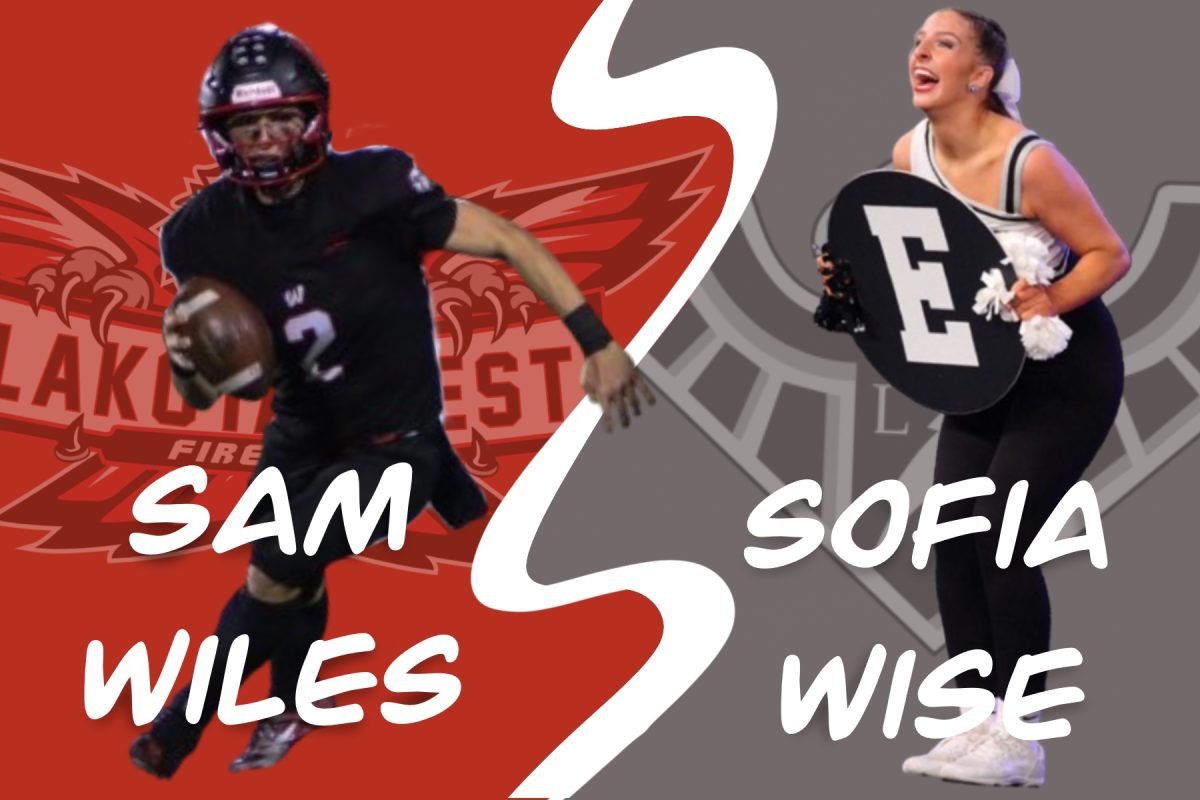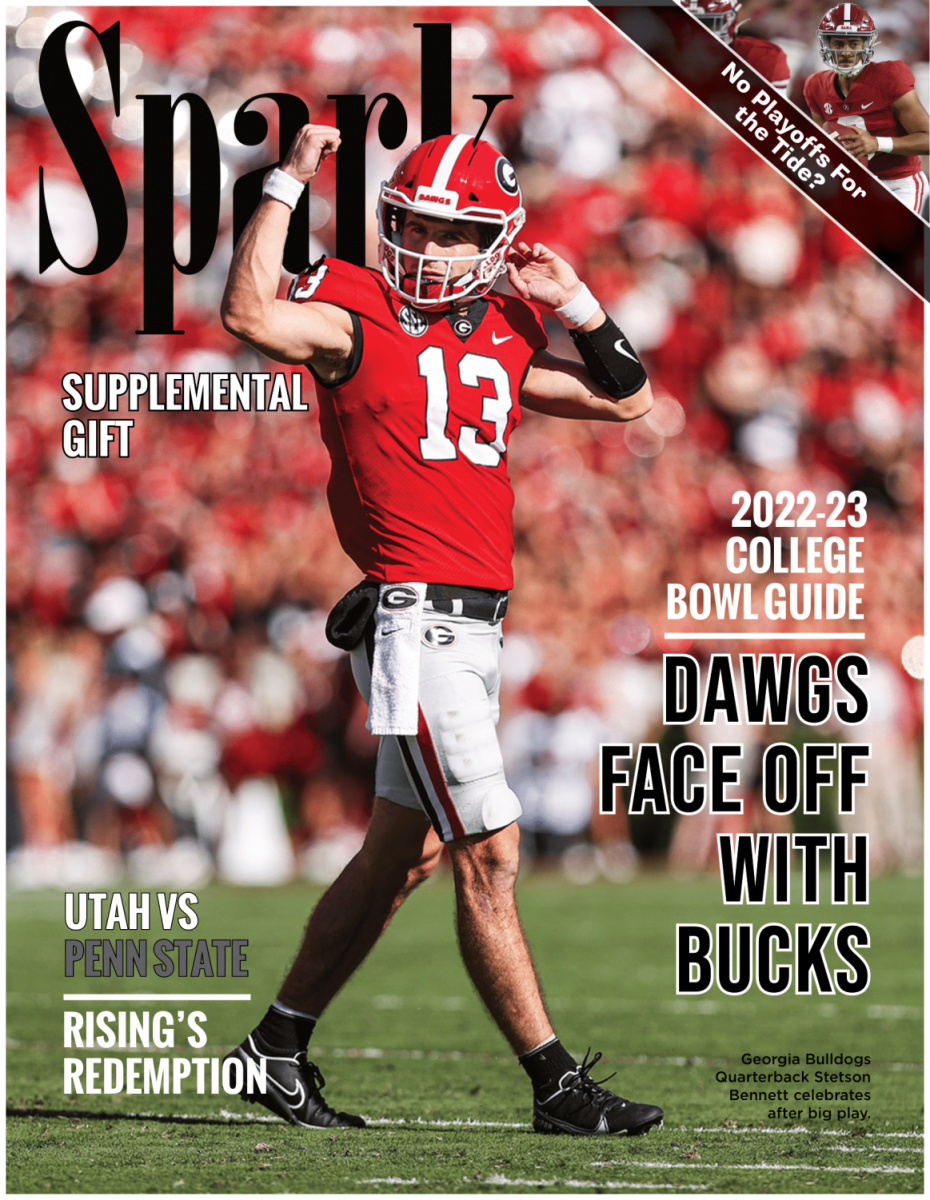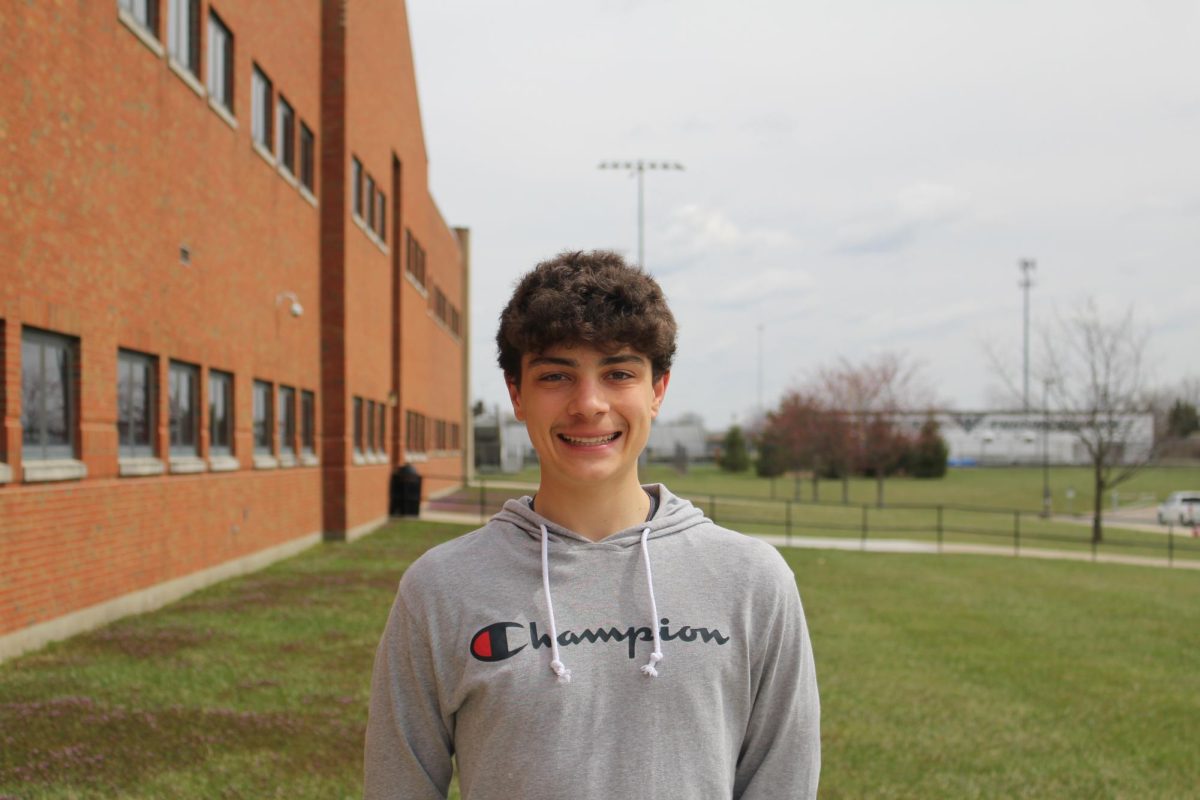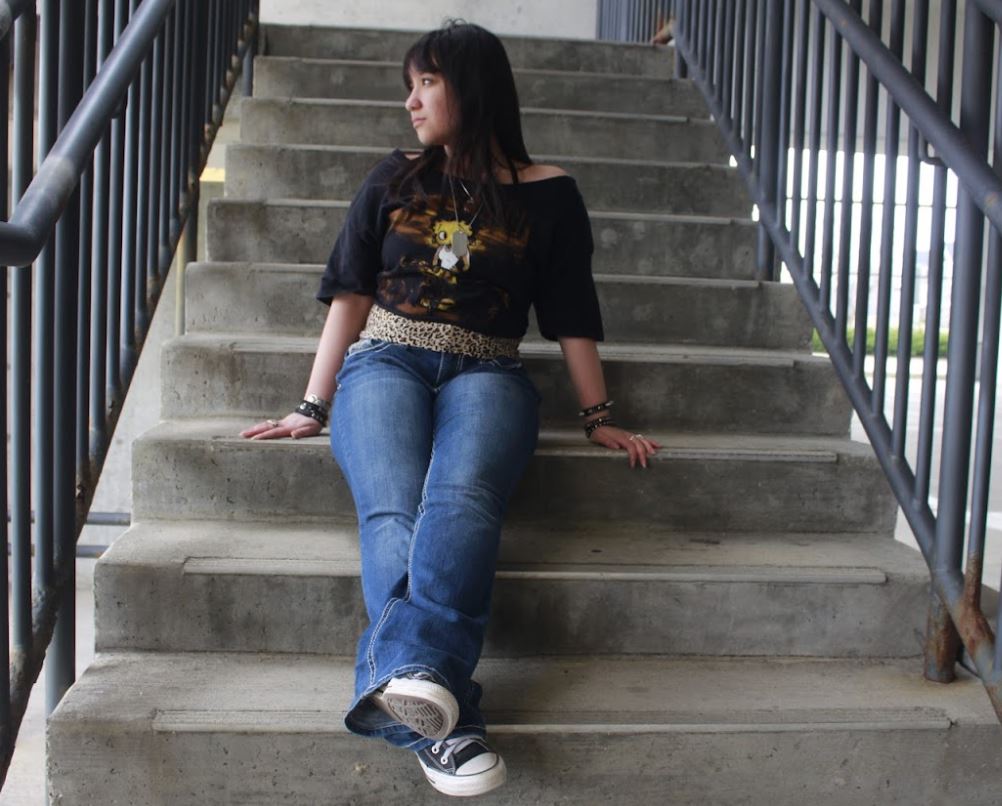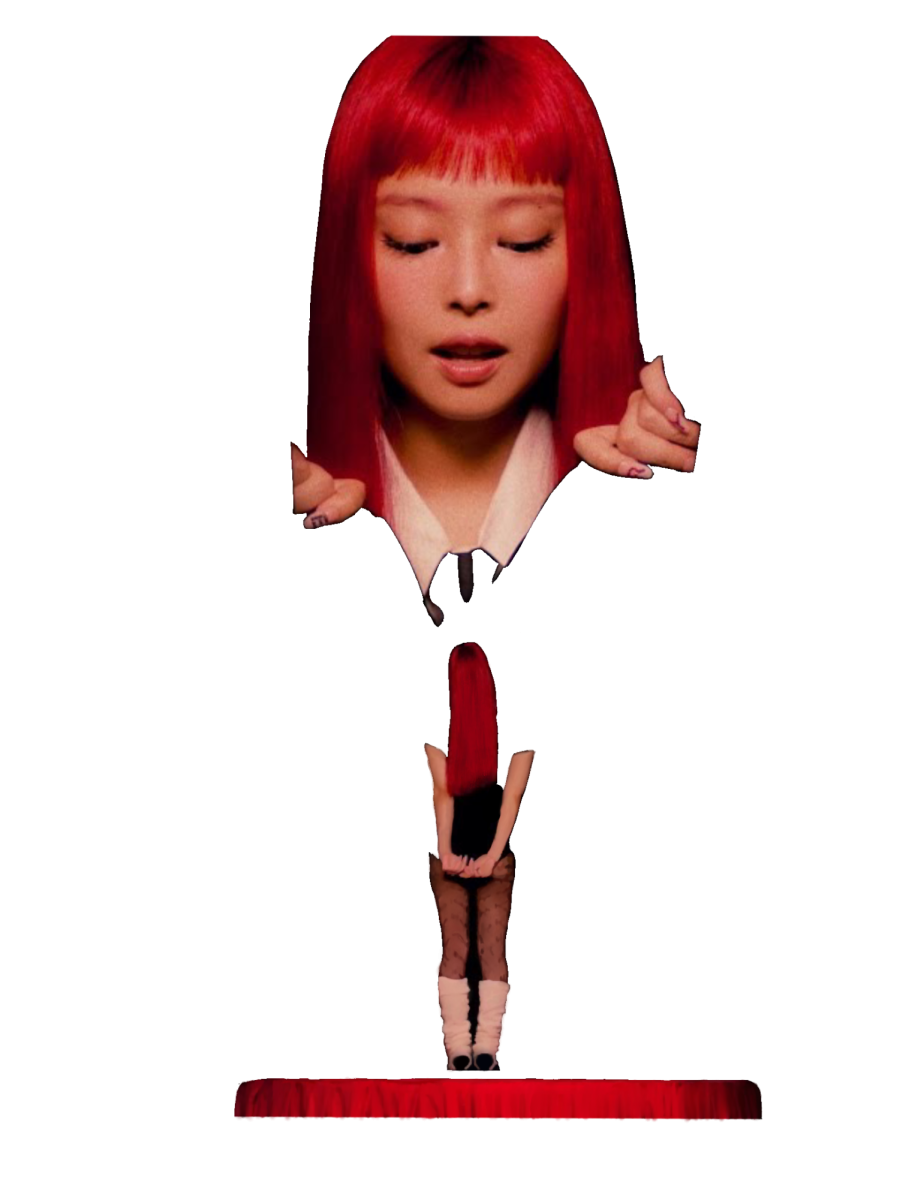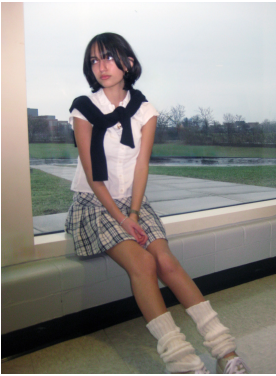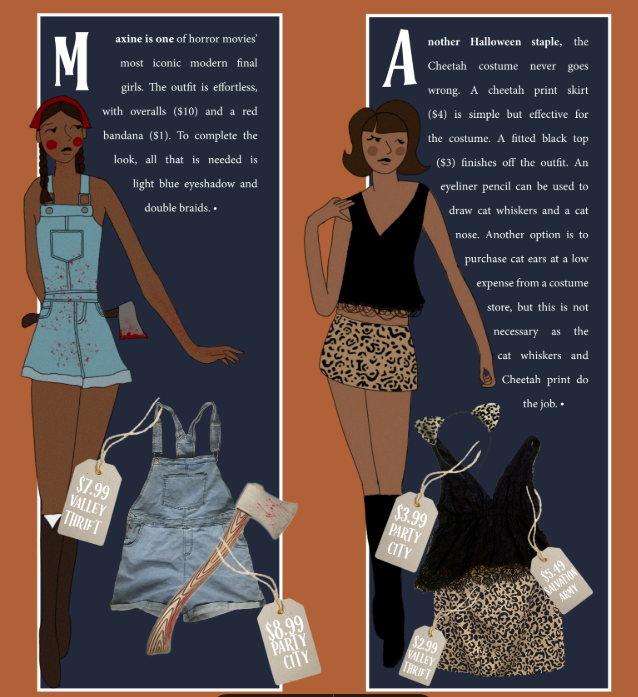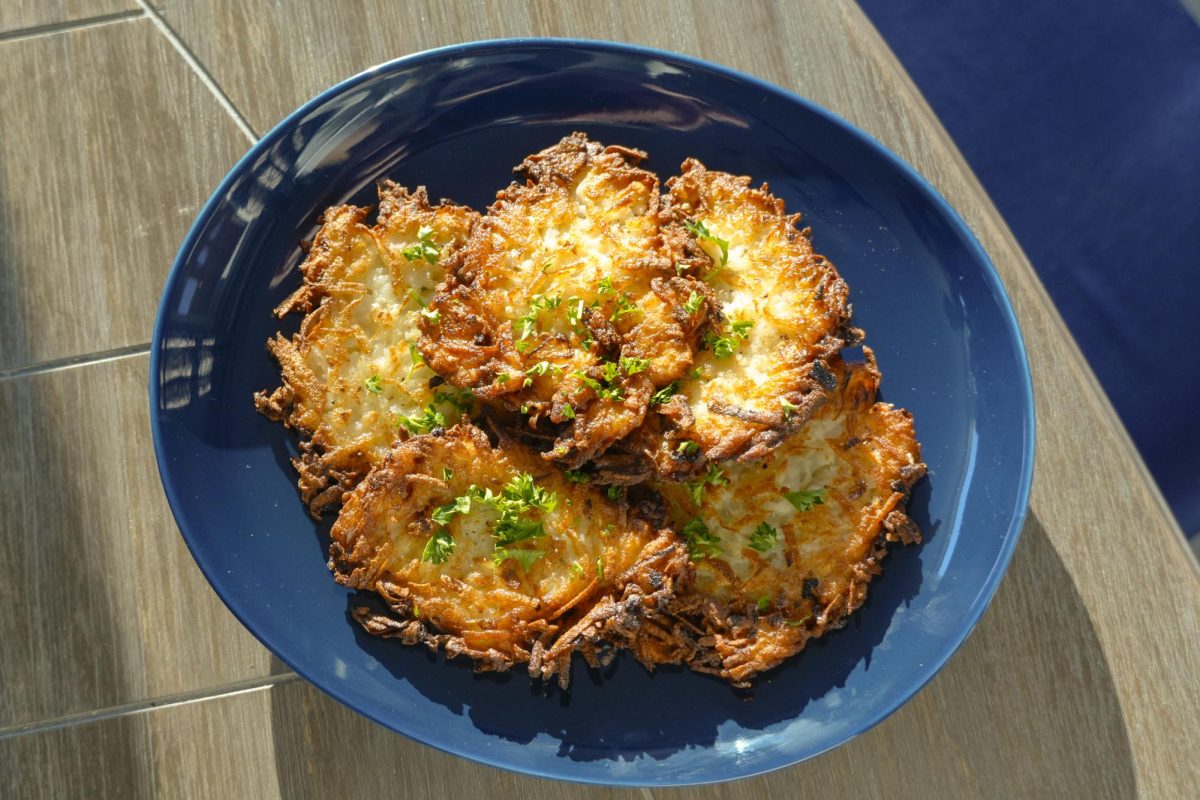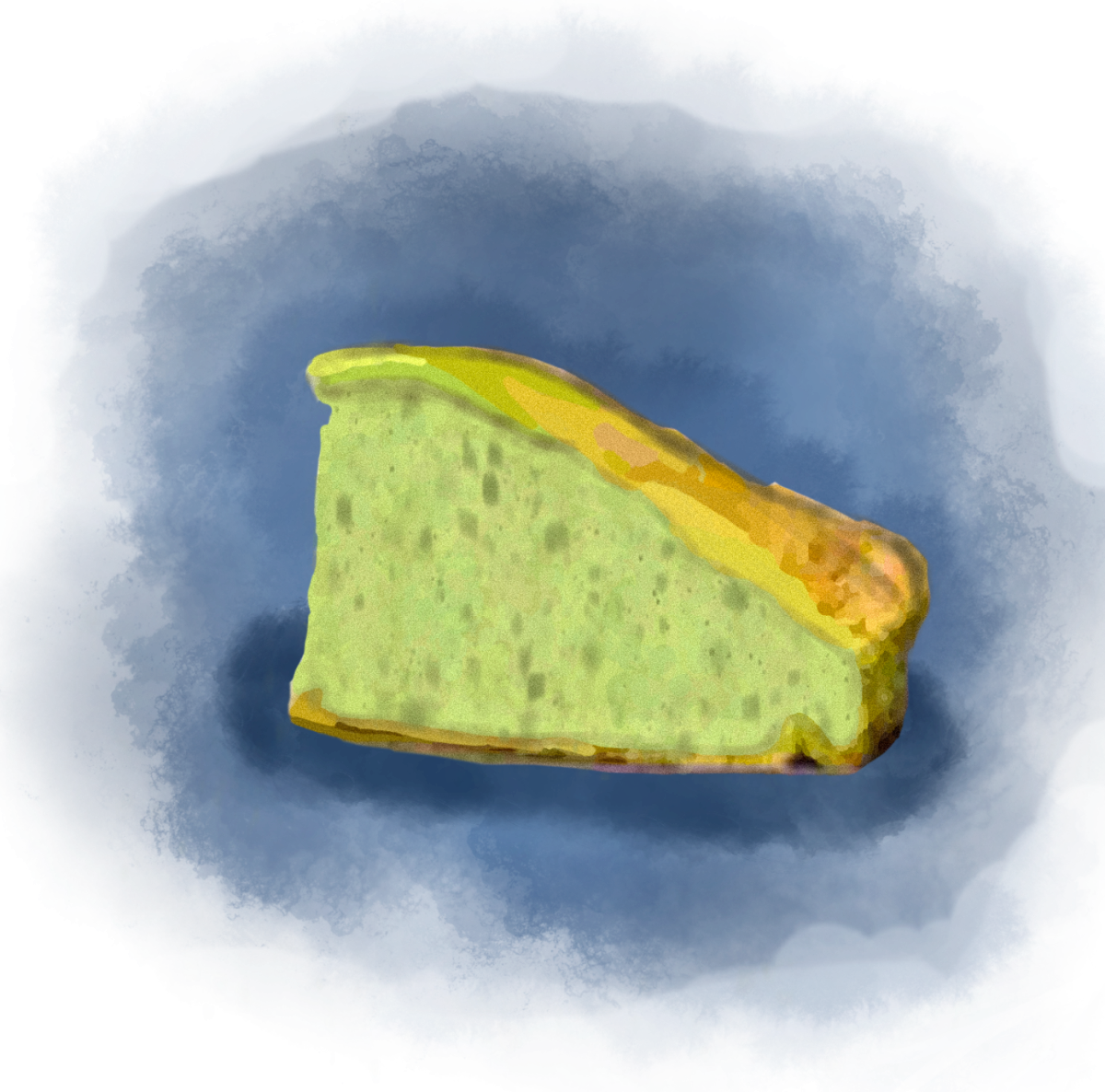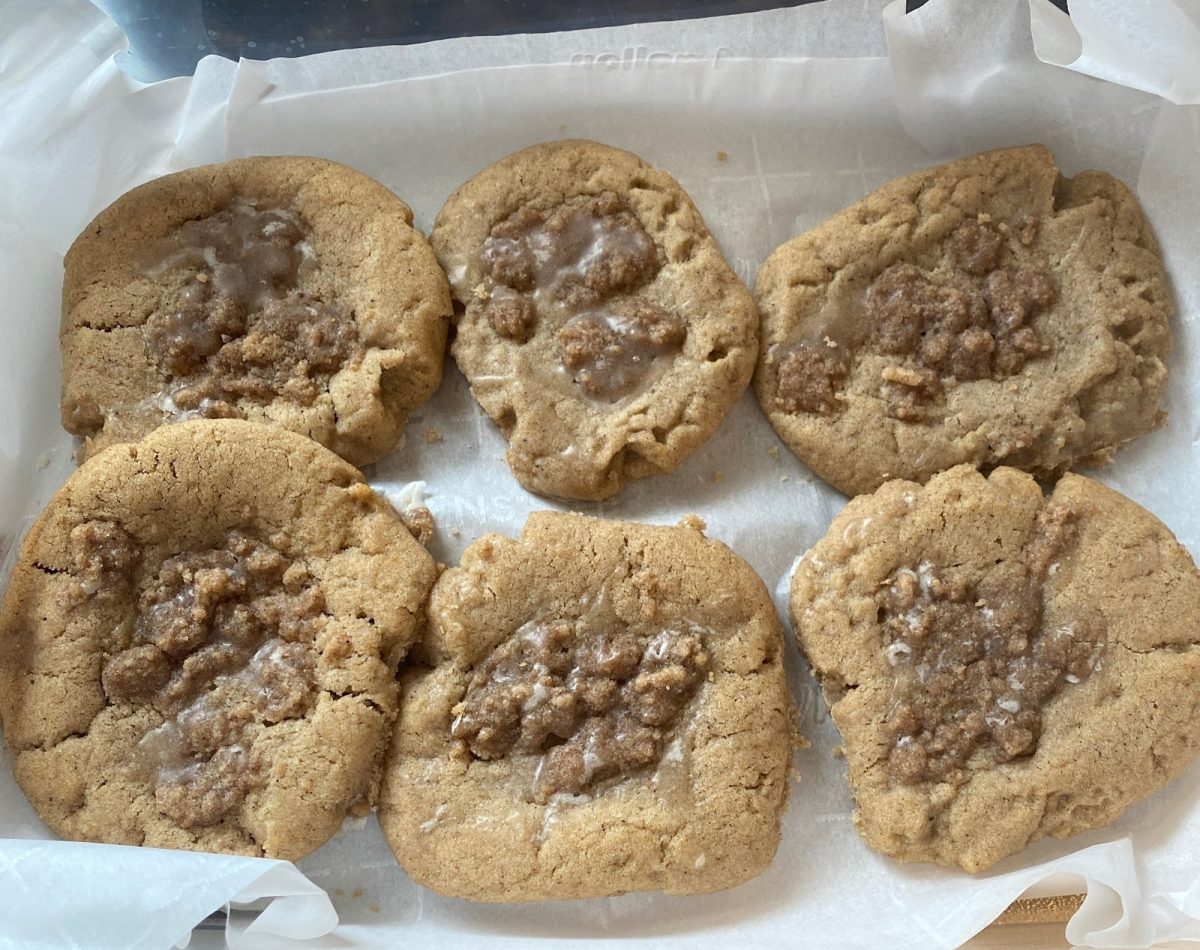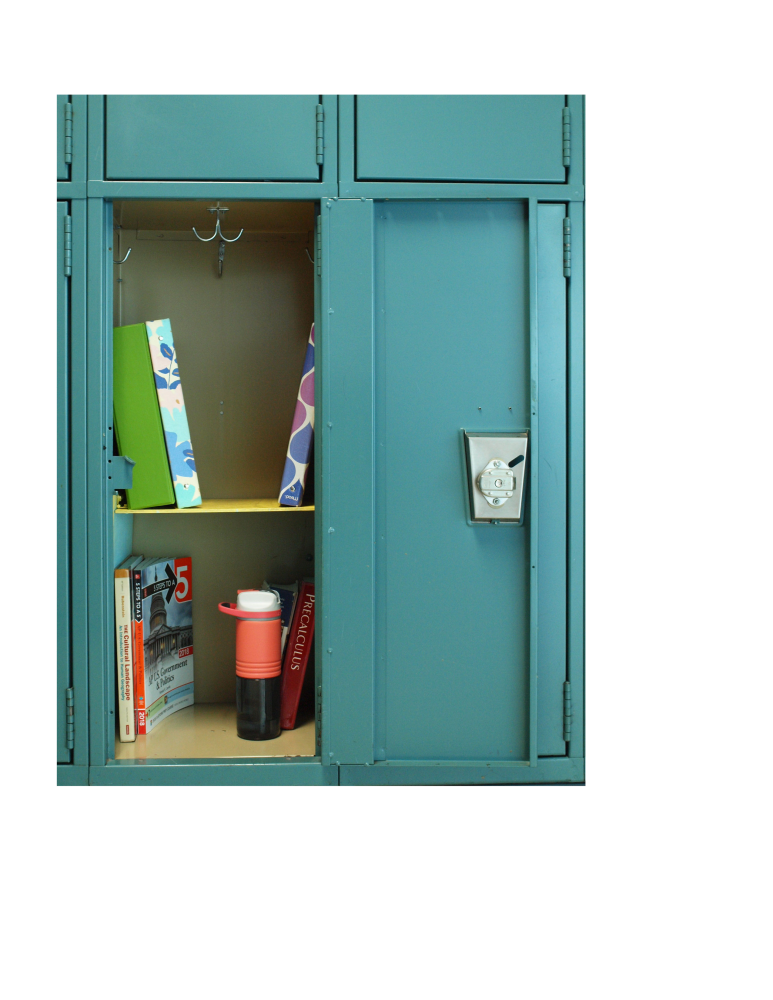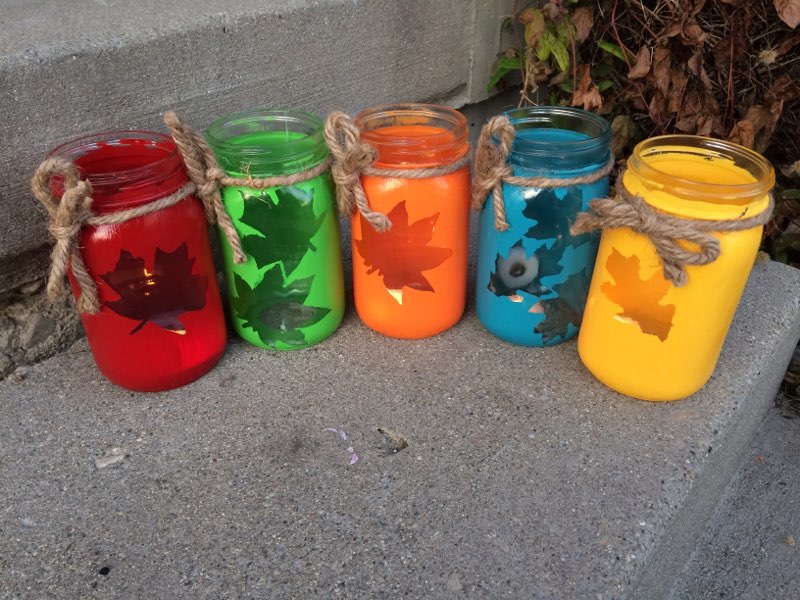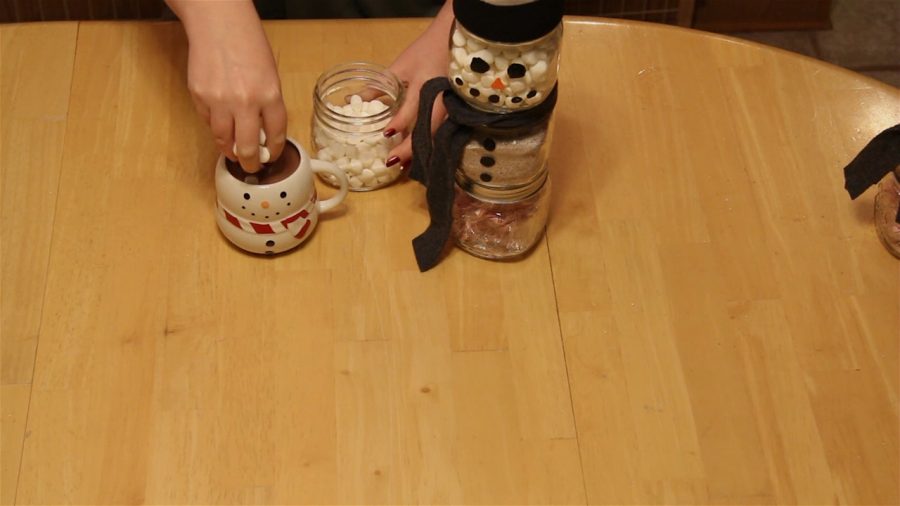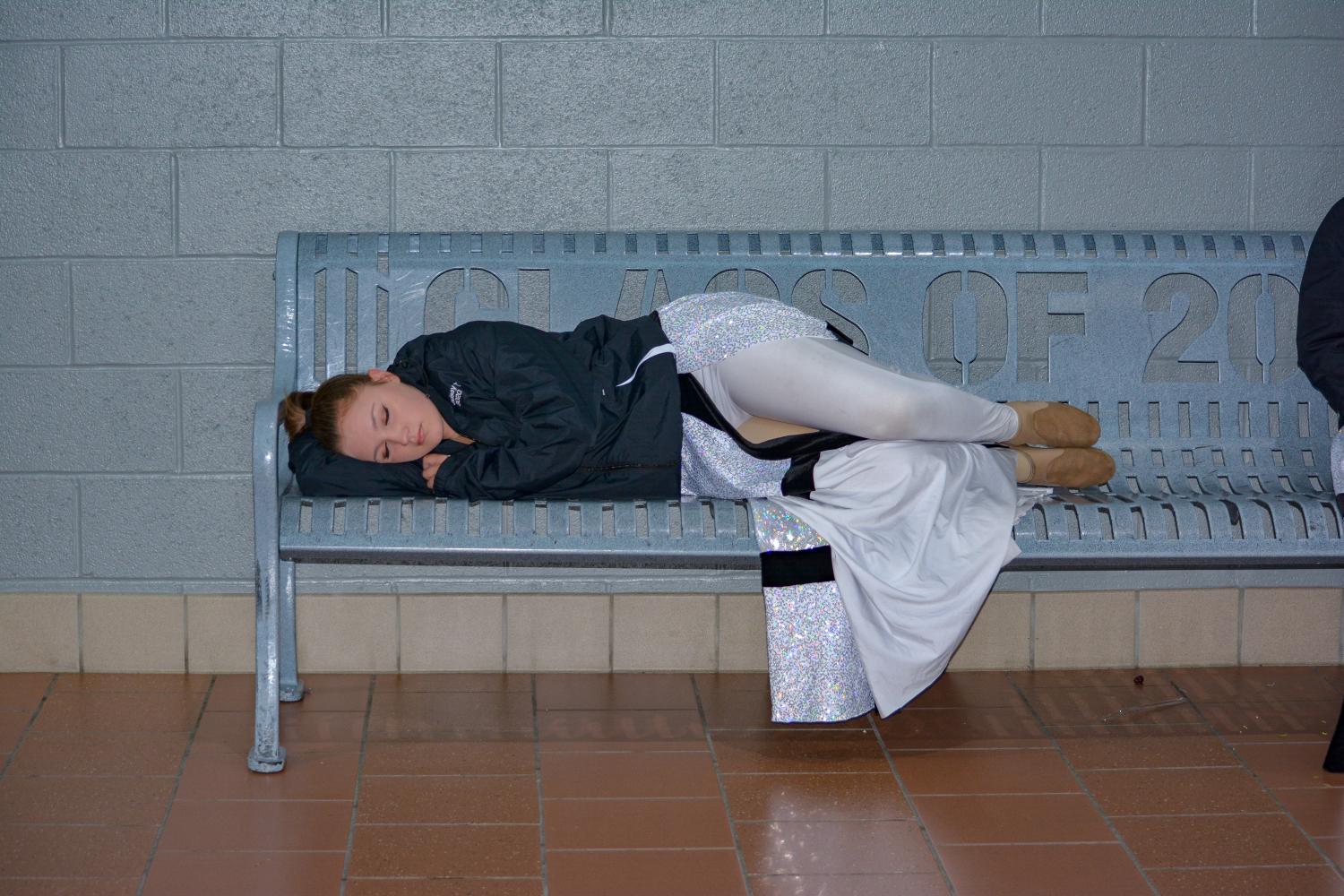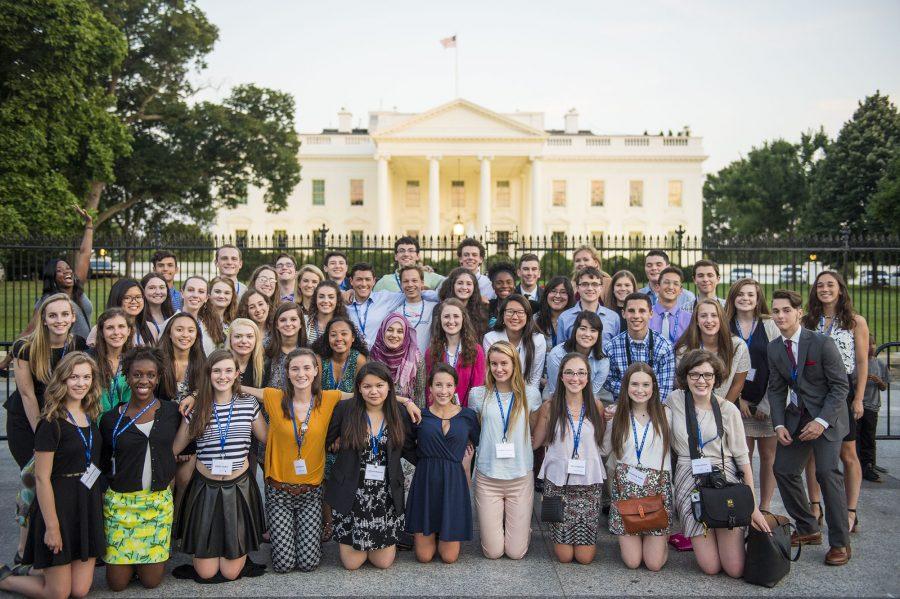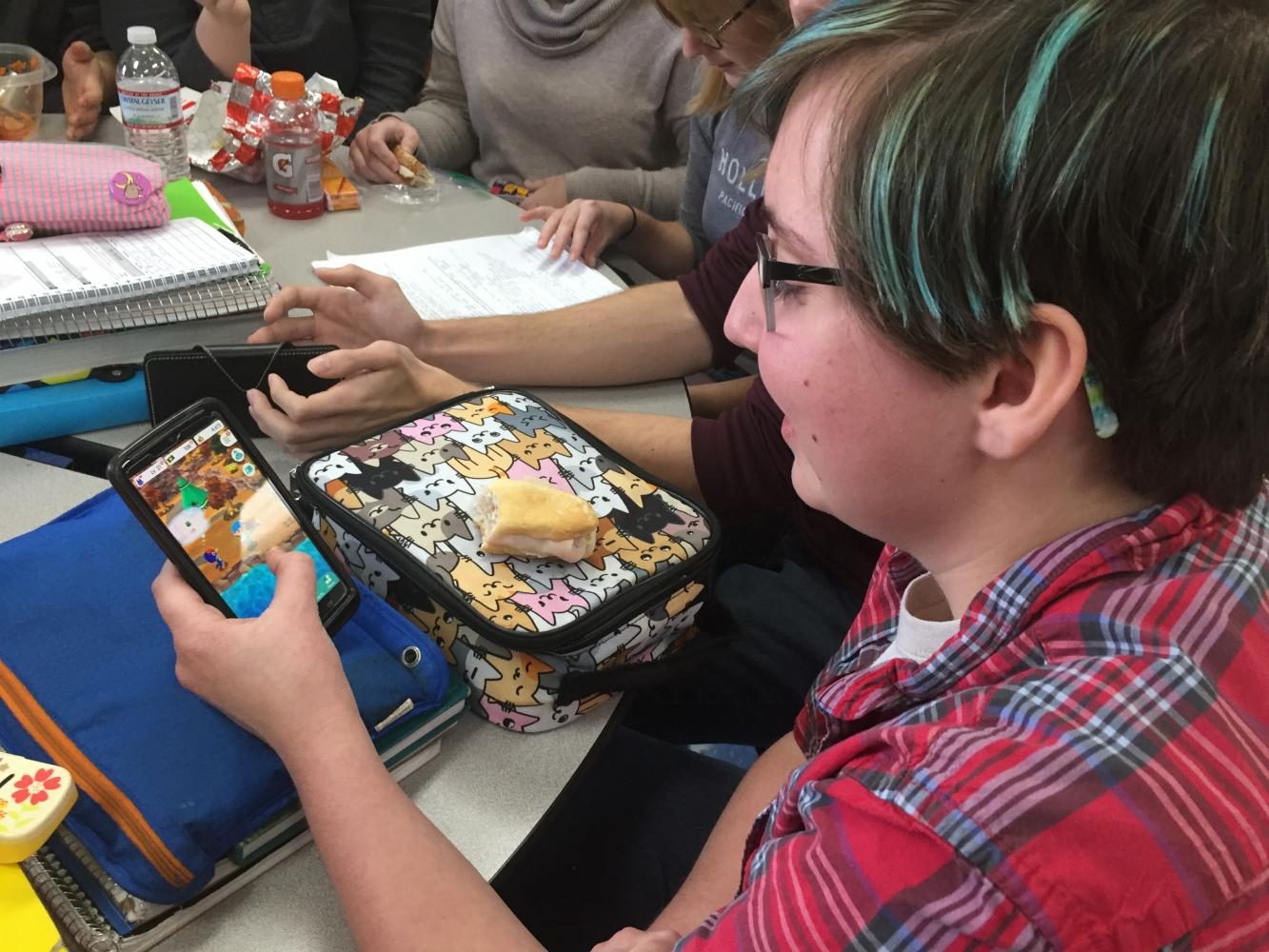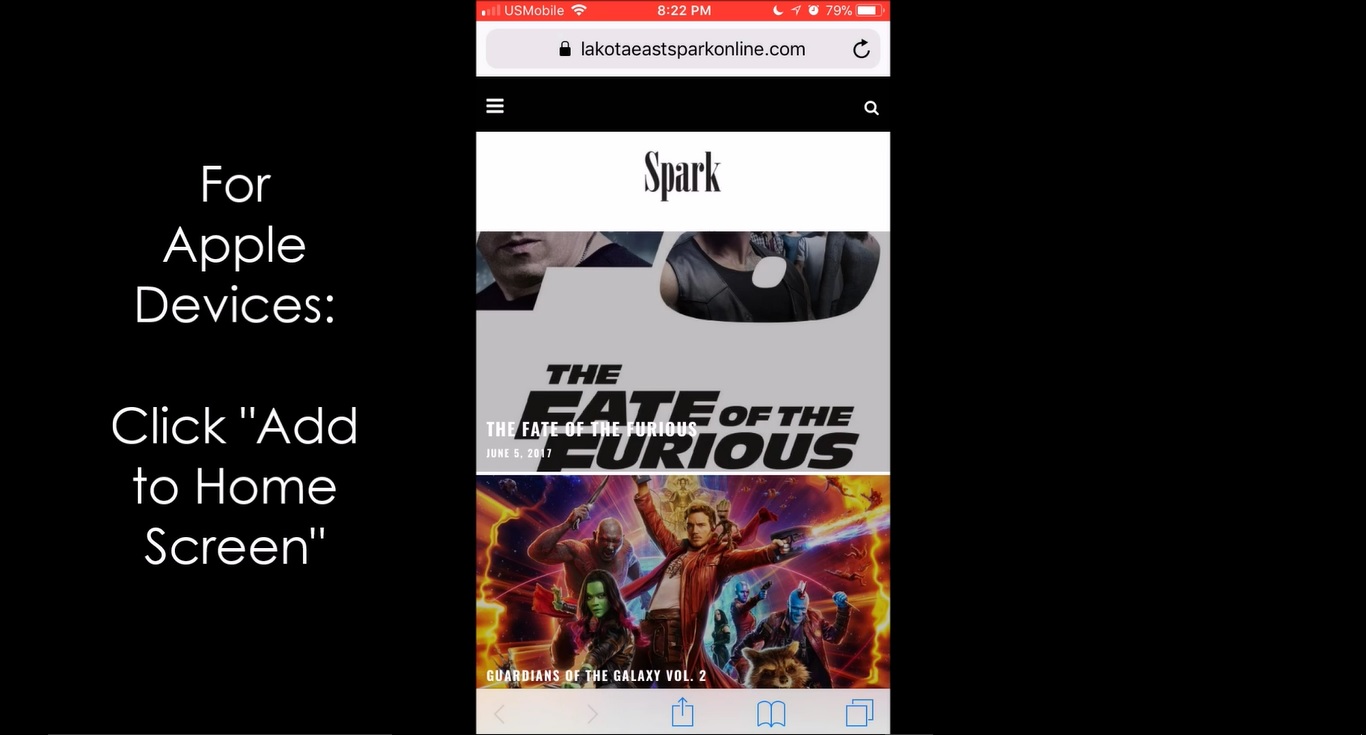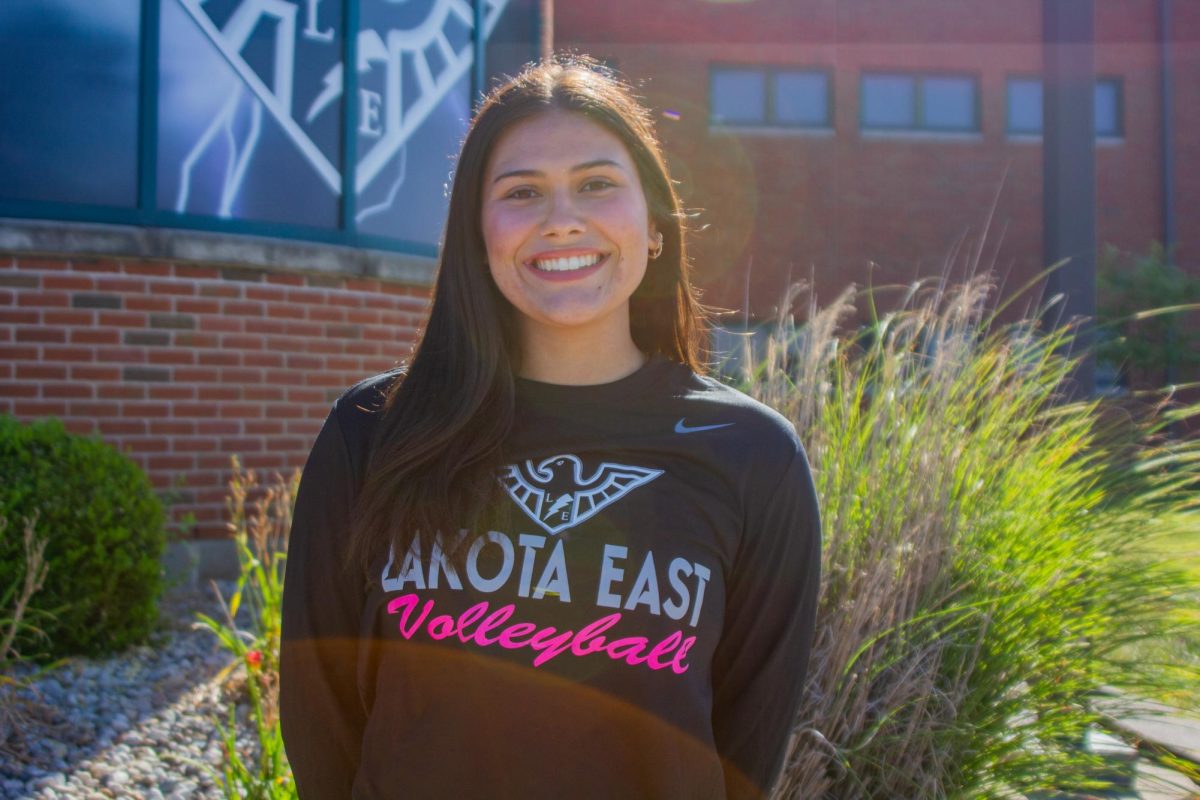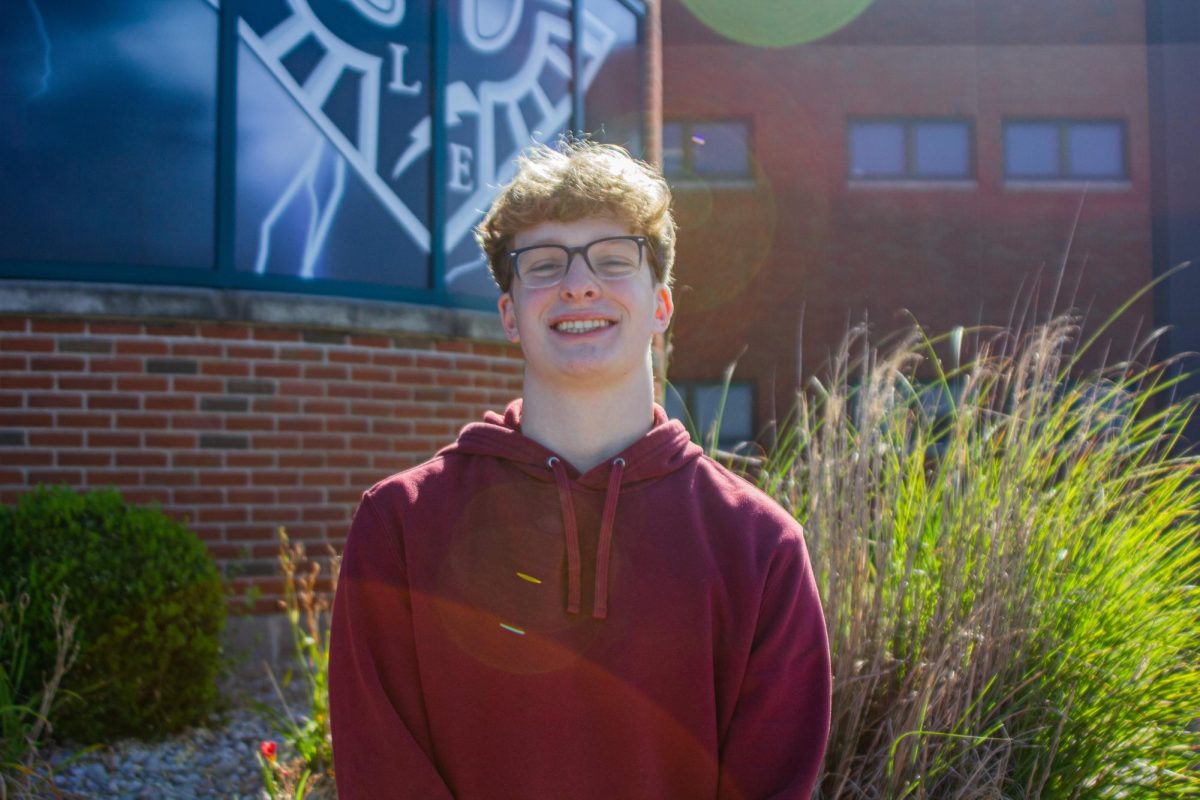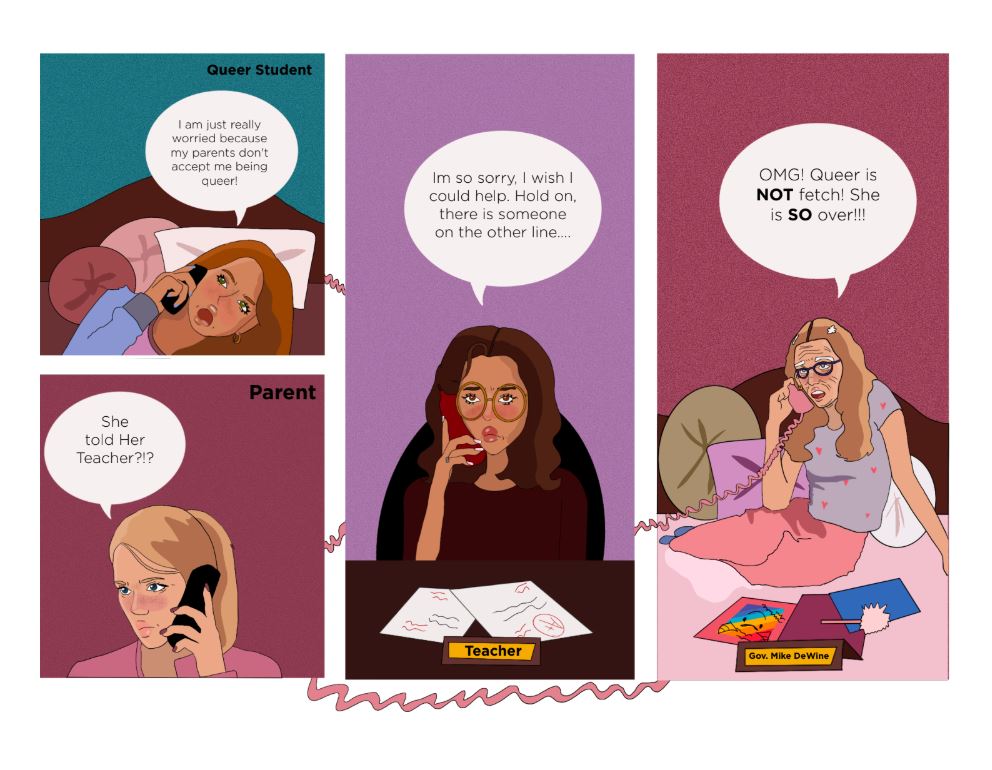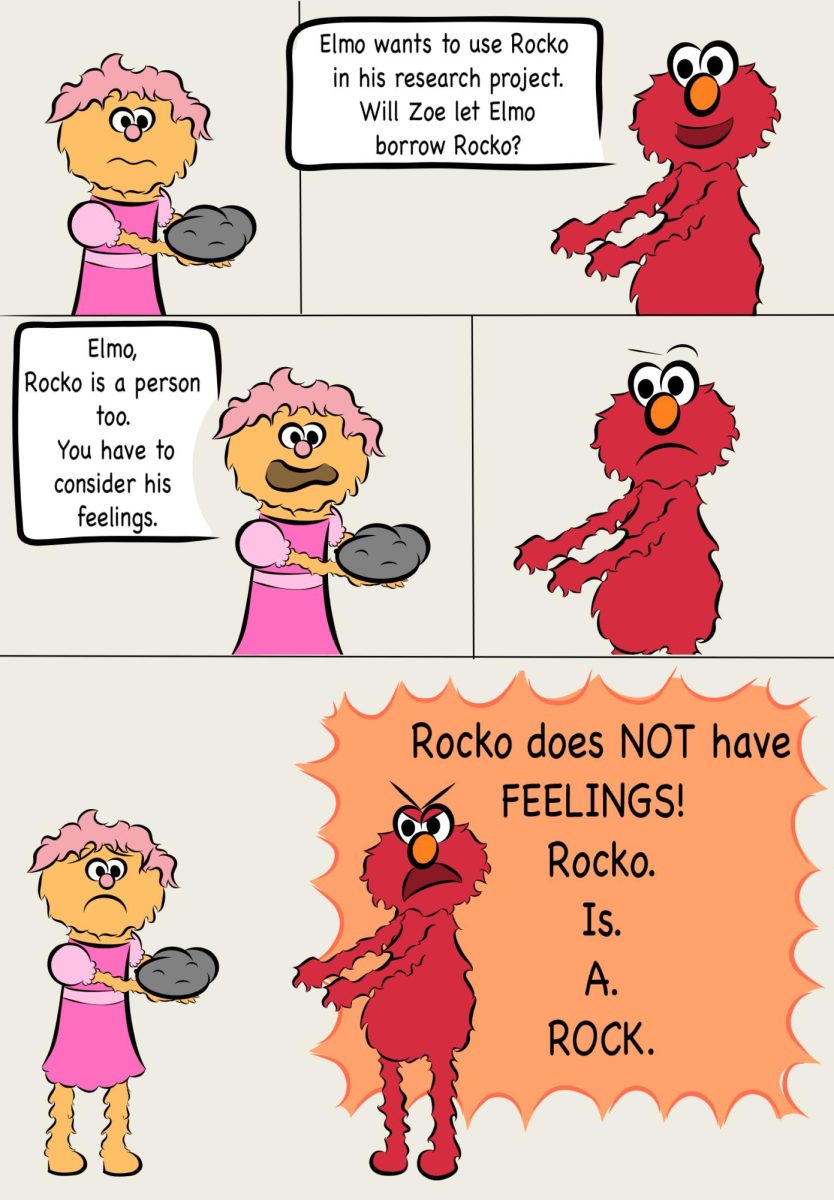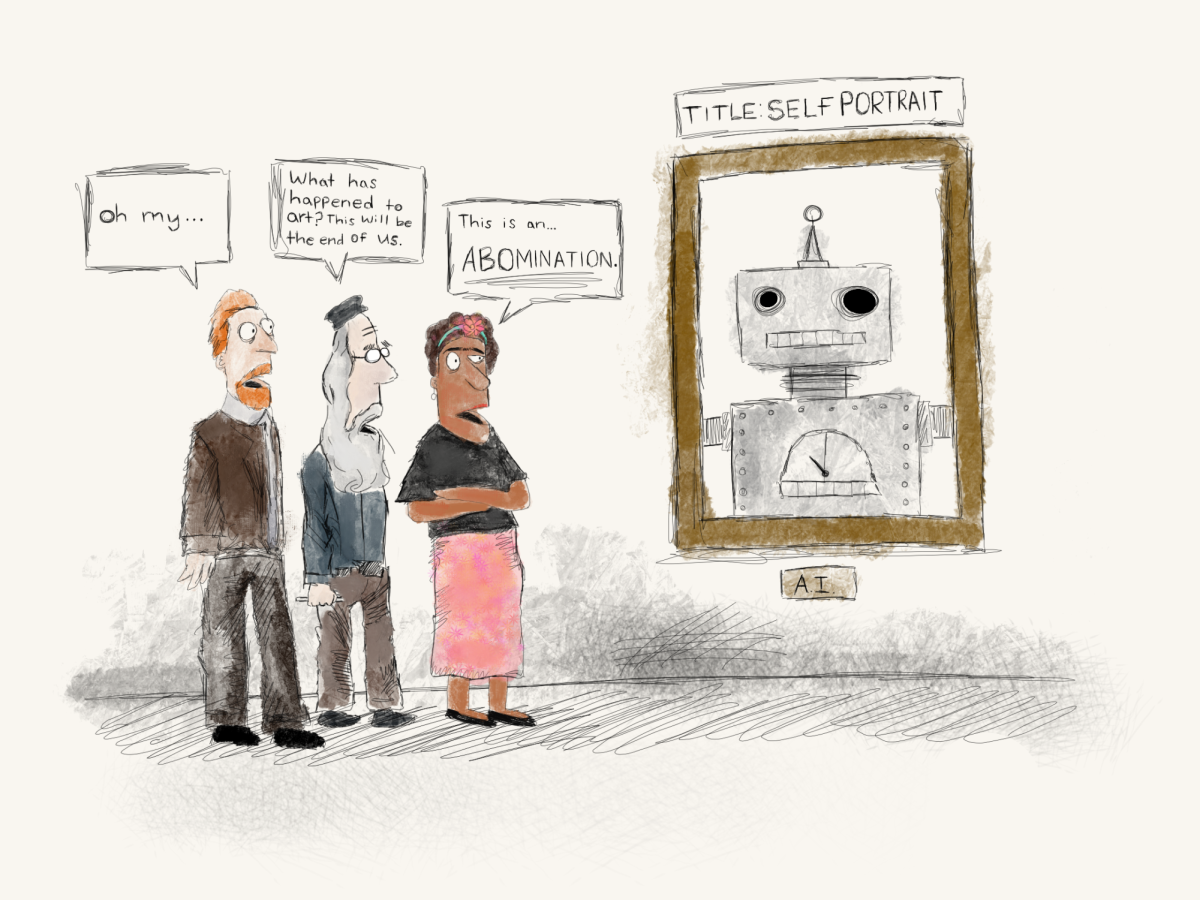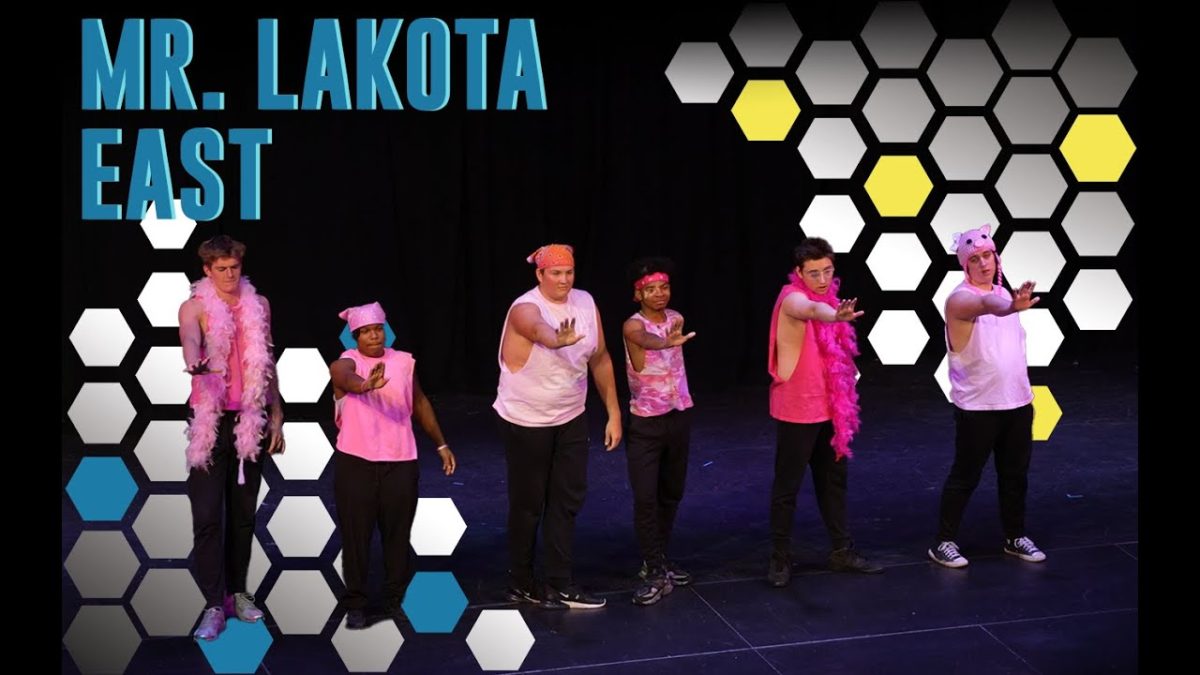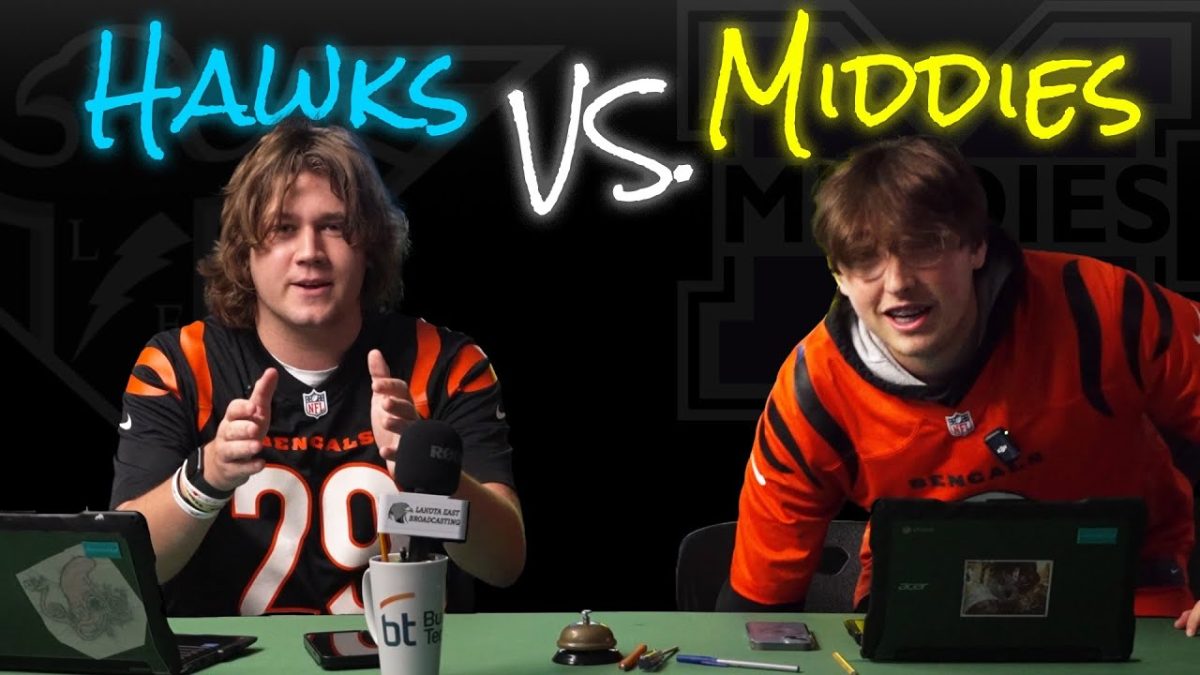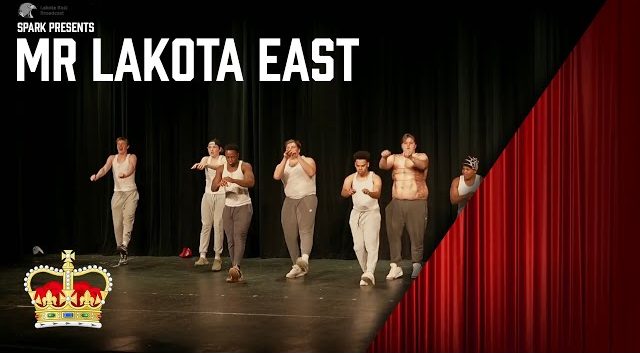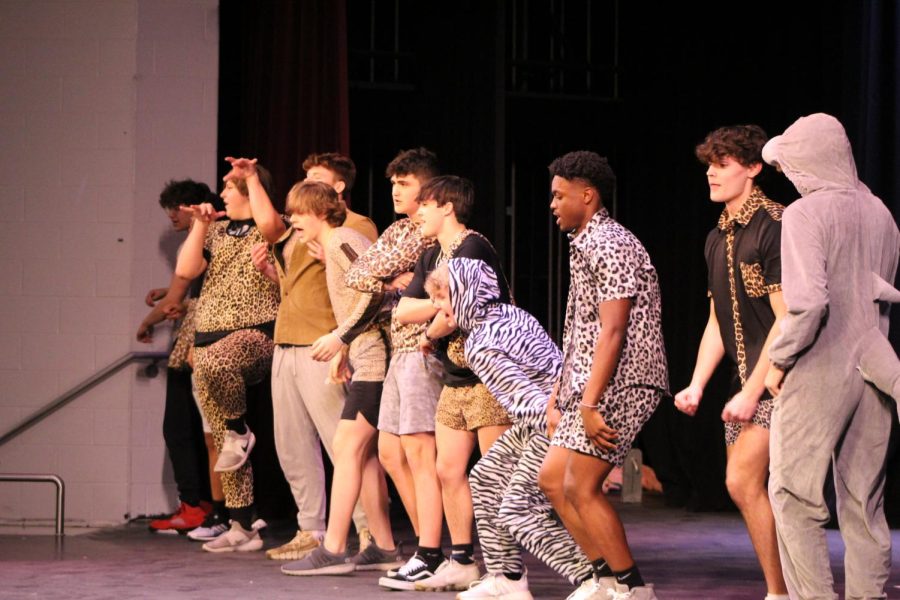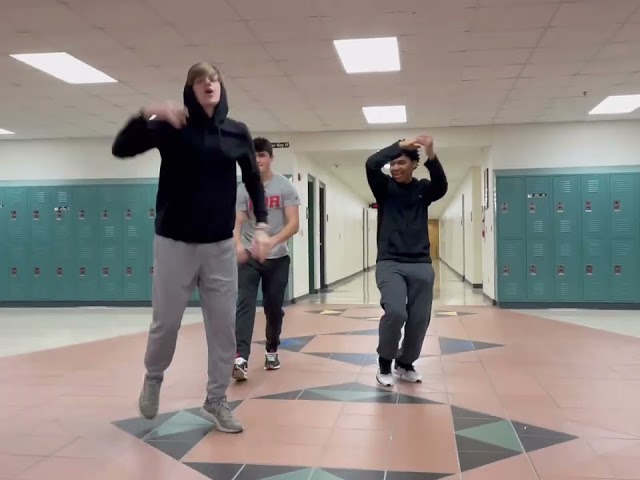With changes in USDA Food and Nutrition services guidelines, East bake sales containing the typical baked goods have been left in 2024.
A part the USDA’s school lunch program is a system entitled “Smart Snacks”, which updated guidelines in November.
“[Lakota is] a part of the USDA’s school lunch program,” Lakota senior director of business operations Craig Hatfield told Spark.
After a review of policy compliance, Lakota has removed bake sales during the school day Hatfield explained.
“Smart Snacks in Schools is a federally mandated program from the USDA,” said Hatfield. “Any recent changes are a result of an internal review to ensure our schools are following the Smart Snack in Schools guidelines.”
According to the USDA, if an individual wants to coordinate school fundraisers, manage a school or snack bar, sell food or beverages during the school day or on campus, or manage school vending machines, then the food or beverages being sold must meet Smart Snacks standards.
Implemented on July 1, 2014, Smart Snacks apply to foods sold à la carte in the cafeteria, in the school store, vending machines, and other venues where food is sold to students.
Updated on the USDA website on November 13, 2024, under “Fundraisers and Foods Not Intended for Consumption at School”, the website provides that the Smart Snacks school nutrition standards apply to any foods sold to students during the school day on the school campus, including as bake sales.
Lakota executive director of school and community relations Betsy Fuller said that students will have the opportunity to sell baked goods at school events, but not throughout the day.
“Smart Snack guidelines are in place during the school day hours,” Fuller told Spark.
According to East bursar Darolyn Harp, if students want to continue holding bake sales, they would have to begin at a 3:30 in order to follow Smart Snack guidelines.
With most students out of the building around 3:20, Harp advises other ways for students to raise money for clubs and extracurriculars.
“I know a lot of clubs do dine and donate, which have raised from $50 up to $900,” said Harp. “It just depends on what restaurant they choose and how much advertising they do.”
Dine and donate is a way of fundraising for non-profit organizations through restaurants. A certain percentage of proceeds throughout the day go to the non-profit.
Harp said that about a dozen clubs hold bake sales throughout every school year, and that dependability on bake sale funds vary.
“The profits depend on what they are offering and advertising,” said Harp.
East senior and president of the Black Student Union (BSU) Brittany Bibby said that BSU has held bake sales to fund the organization.
“For years BSU has relied on bake sales for funding and now we have to try other fundraisers and hope we can make the same amount,” Bibby told Spark. “Luckily we’ve budgeted well and have enough savings. However, other clubs with bigger expenses might struggle.”
Bibby also expressed concerns about the amount of customers at 3:30.
“From my experience, the majority of our sales happen between 3:00 and 3:20,” said Bibby. “By 3:30, most students have already left the school or been asked to leave.”
East senior and co-president of Asian American Association Sarang Back agreed with Bibby on the 3:30 sales timing and the difficulty it creates.
“I feel like the sales will go down by a lot because I don’t think many students will stay that late to buy a baked good,” Back told Spark.
Even with the idea of dining and donating, Back still thinks the guidelines make fundraising more difficult.
“It is definitely going to be a lot harder to raise money for our club since most of our funds are from the bake sale from last year,” said Back. “Even if we get a restaurant to host a fundraiser for us, I don’t think we will get as much money as we did.”
East senior Shaun Dickerson is a co-president of a new club which focuses on the mental health of student-athletes, STRIVE, and the organization wanted to hold a bake sale for the first time.
“We proposed the idea of having a bake sale but were told it would have to be at 3:30,” Dickerson told Spark. “After being told of the timing, we came to the conclusion that we should have a bake sale at an East game.”
On February 11, STRIVE then held a bake sale from 6:30-8:30 p.m. during a boys varsity basketball game.
“I think that it went well,” said Dickerson. “However, bake sales after school make more, because there’s a way bigger population to sell to.”
Looking towards the future, Bibby, Back, and Dickerson all agree that they can work around the challenges that come with leaving bake sales behind.
“I trust our leadership can find another way to raise money,” said Back.
